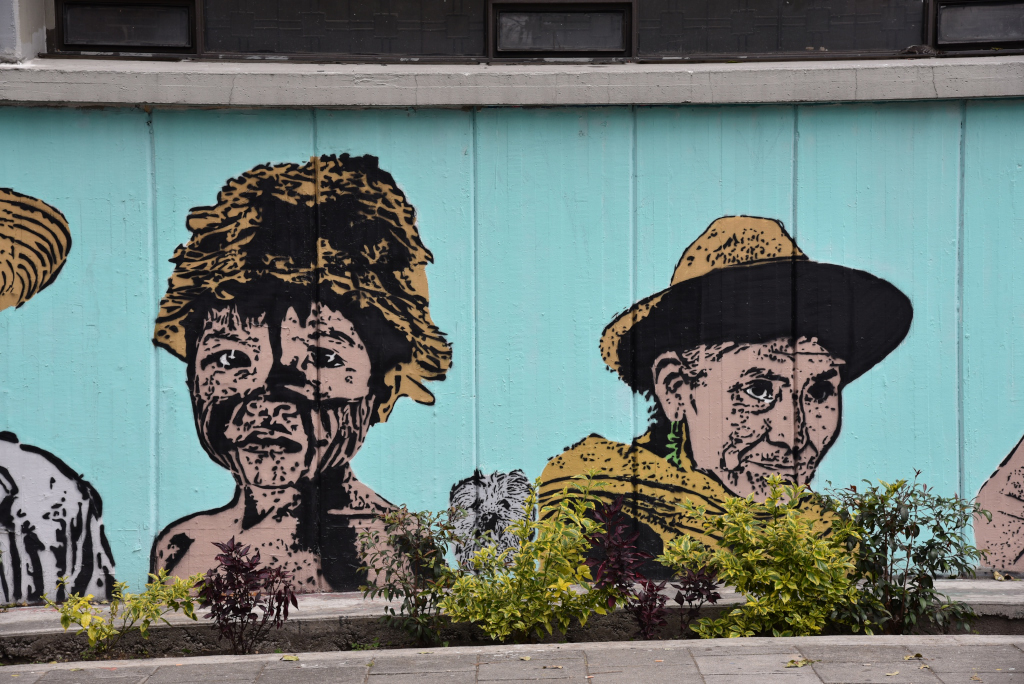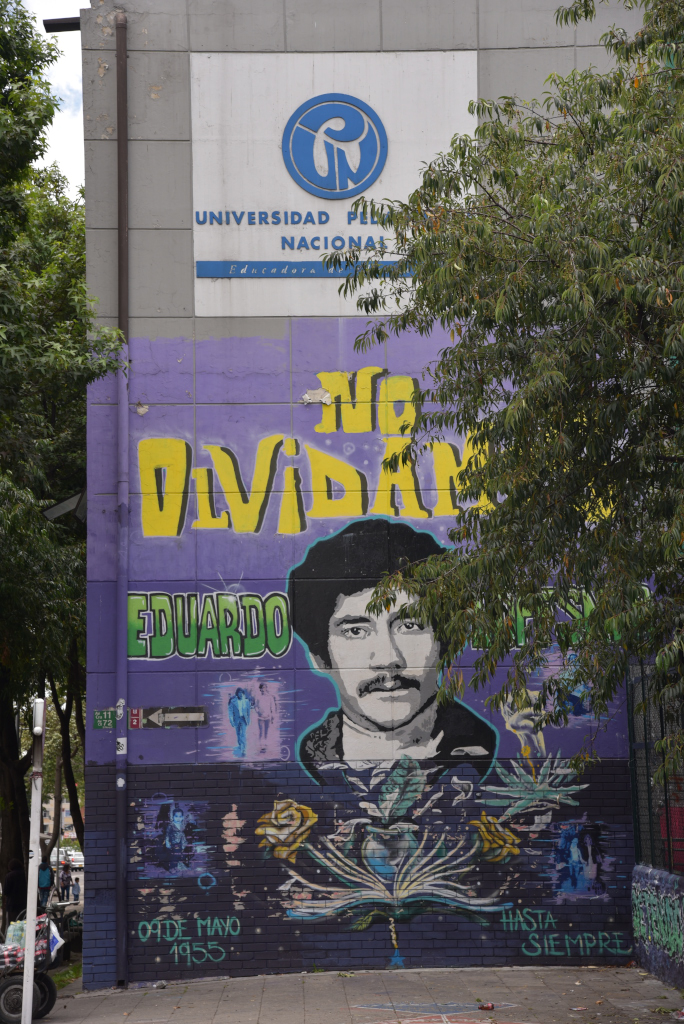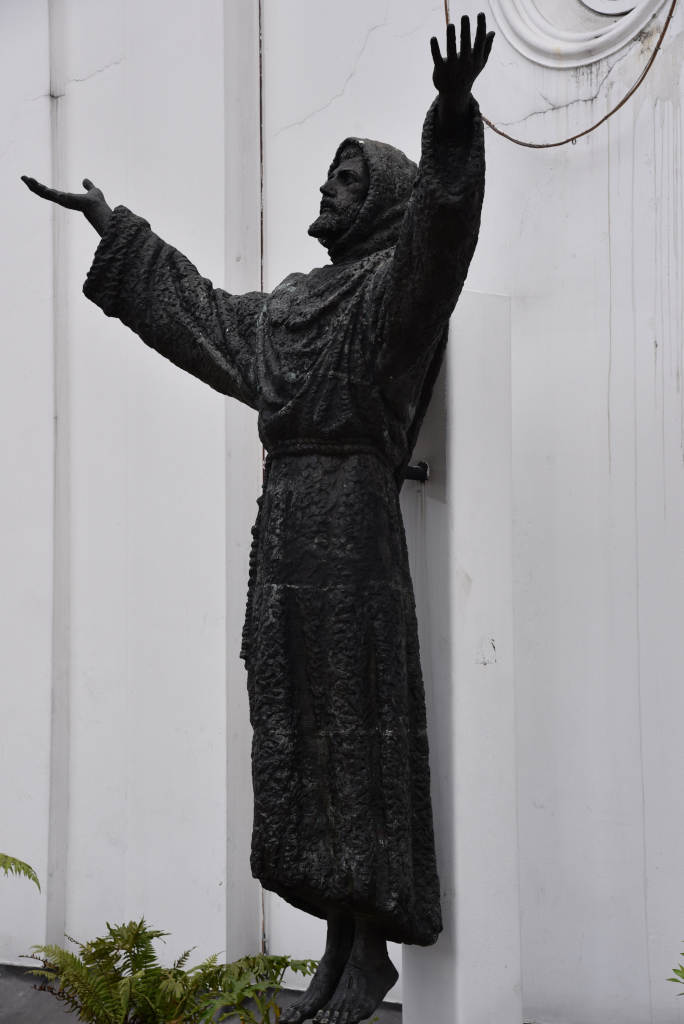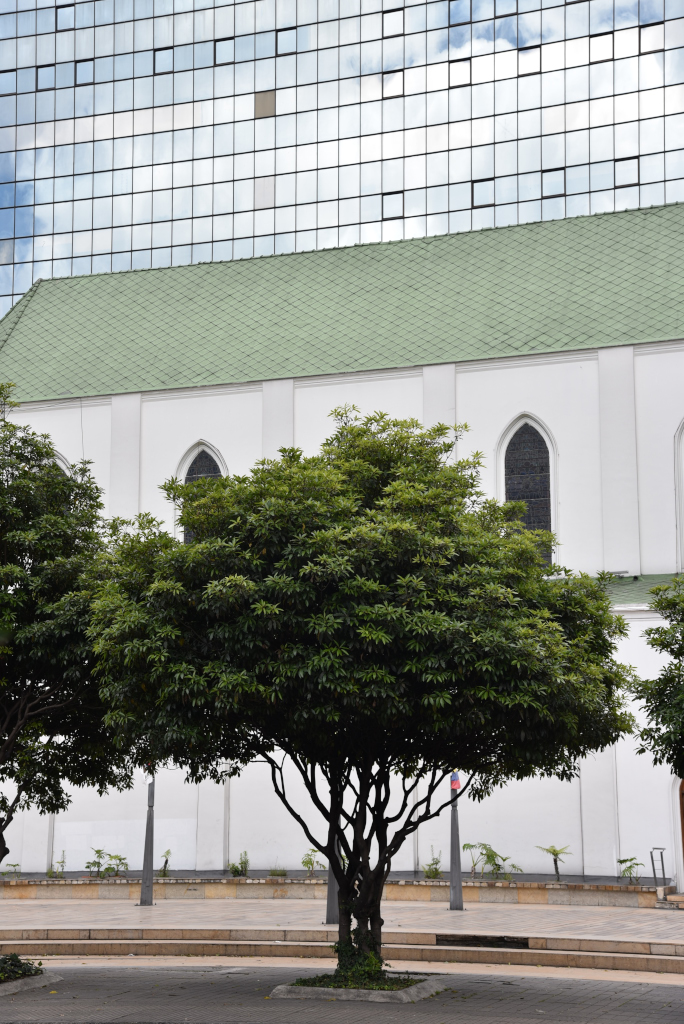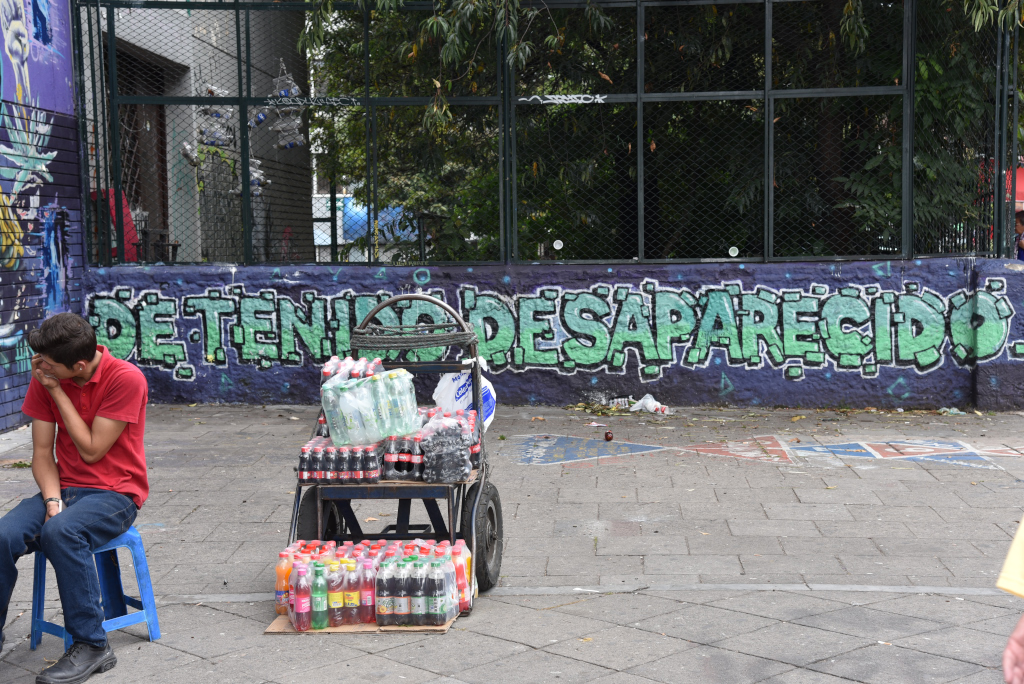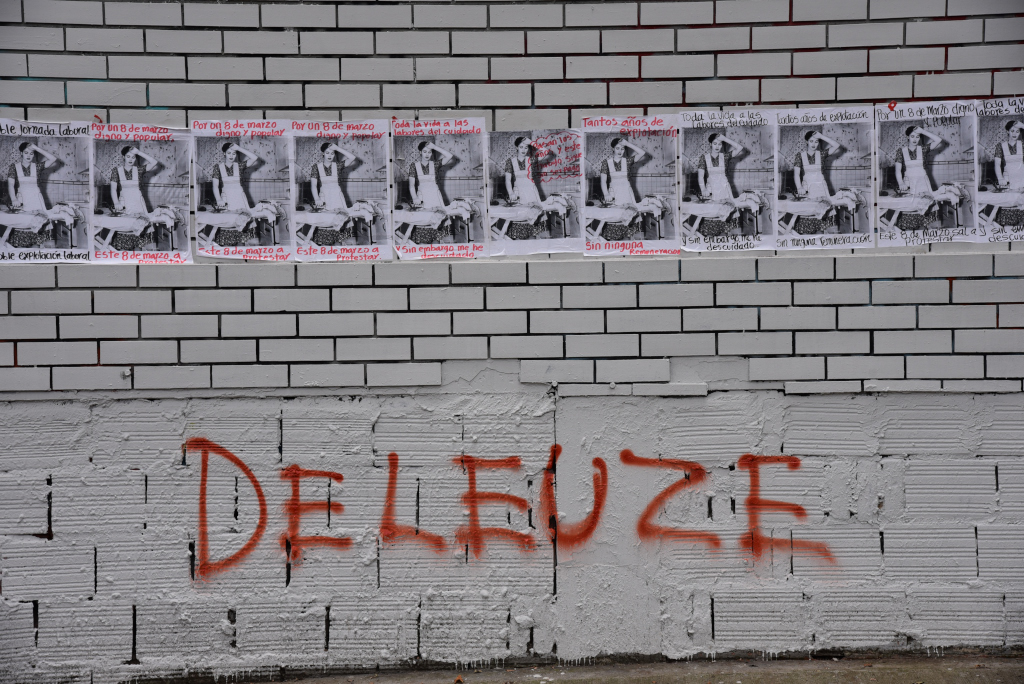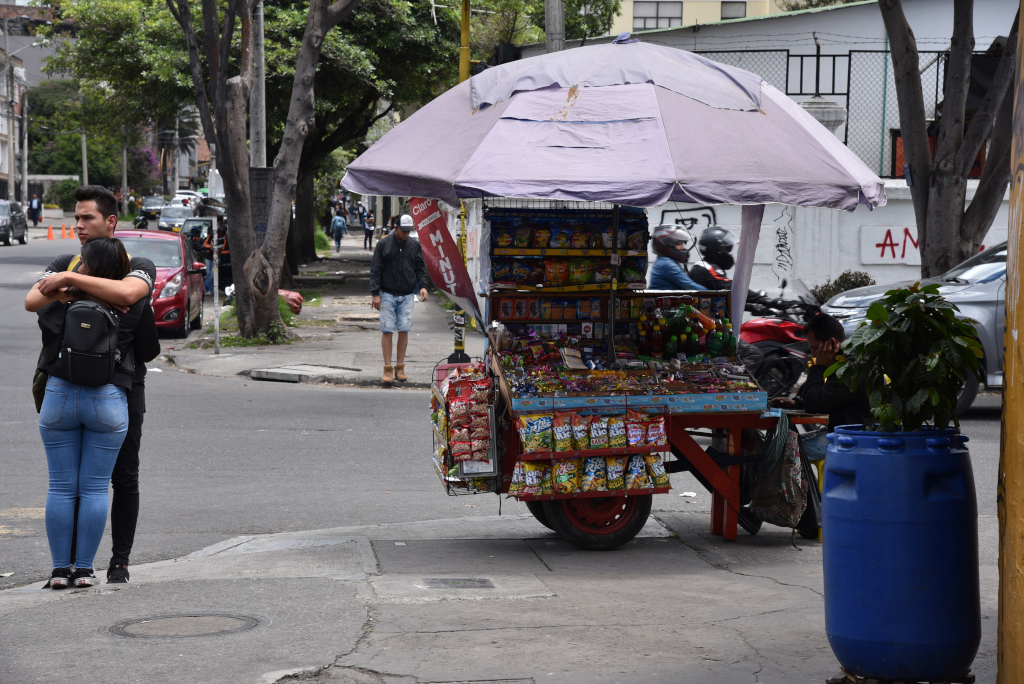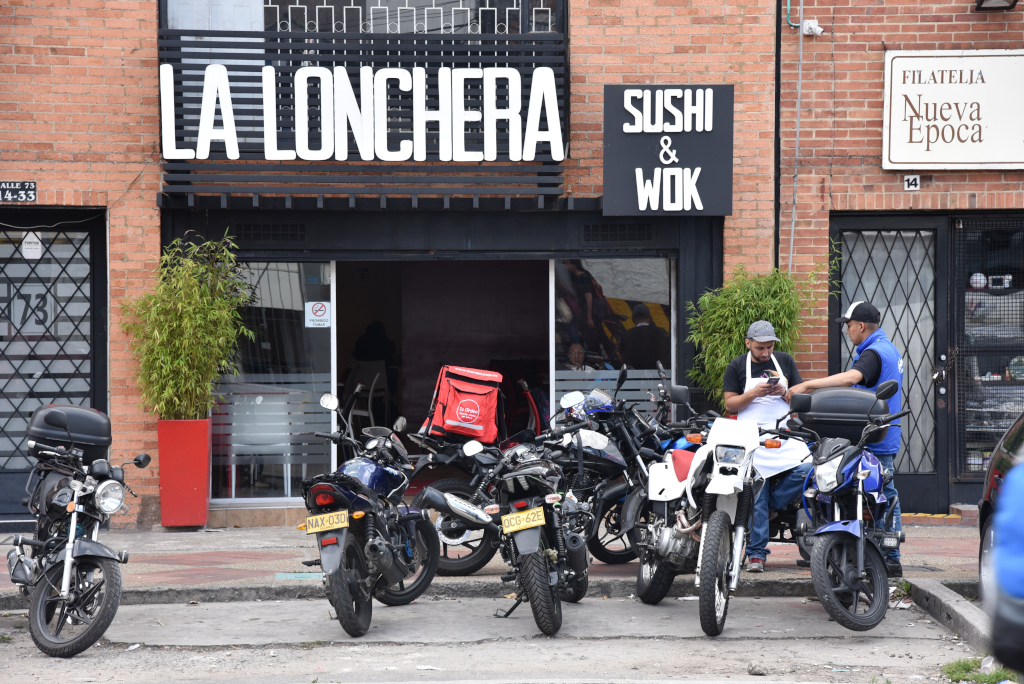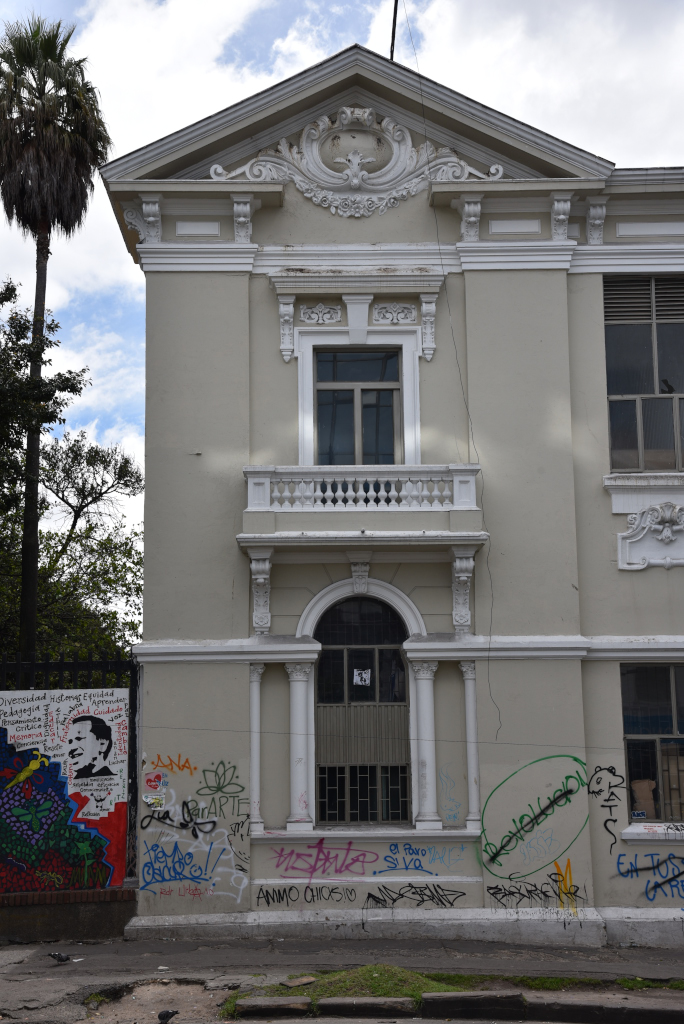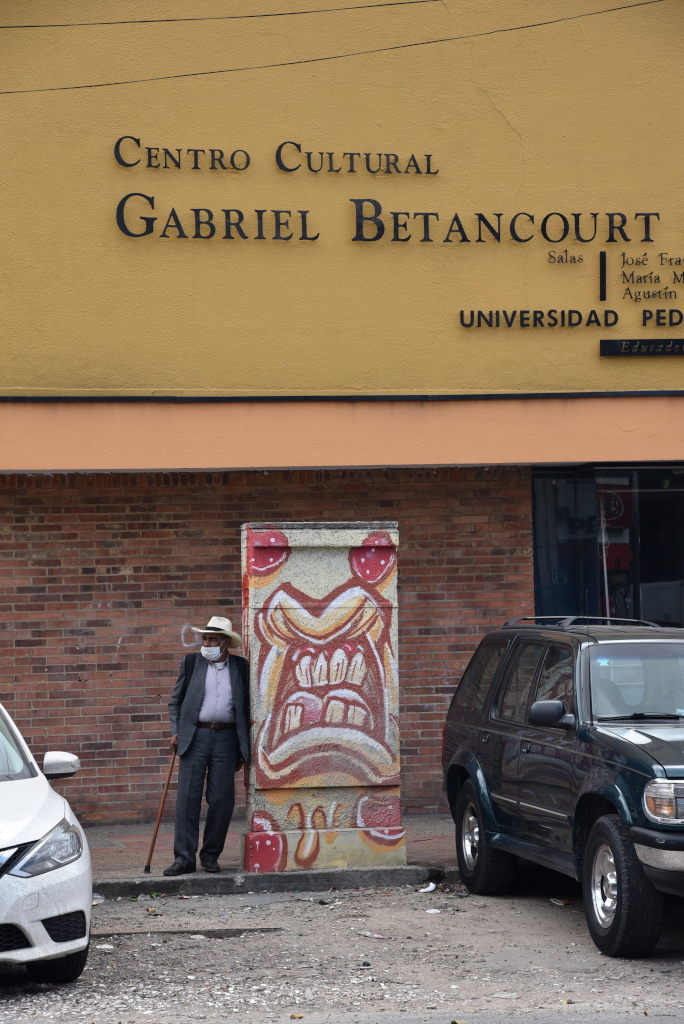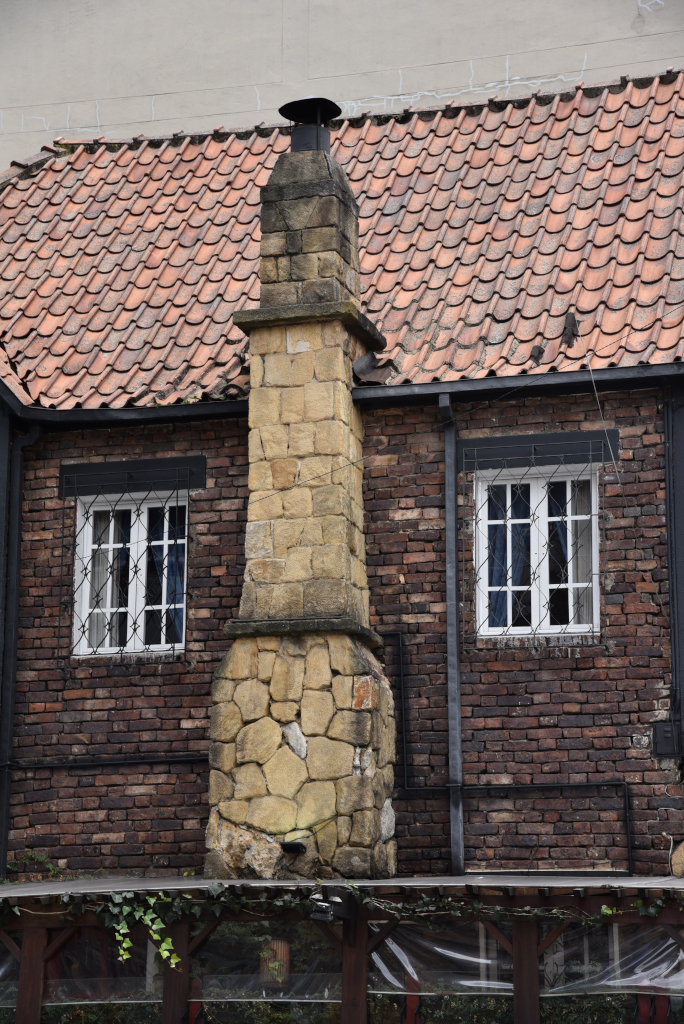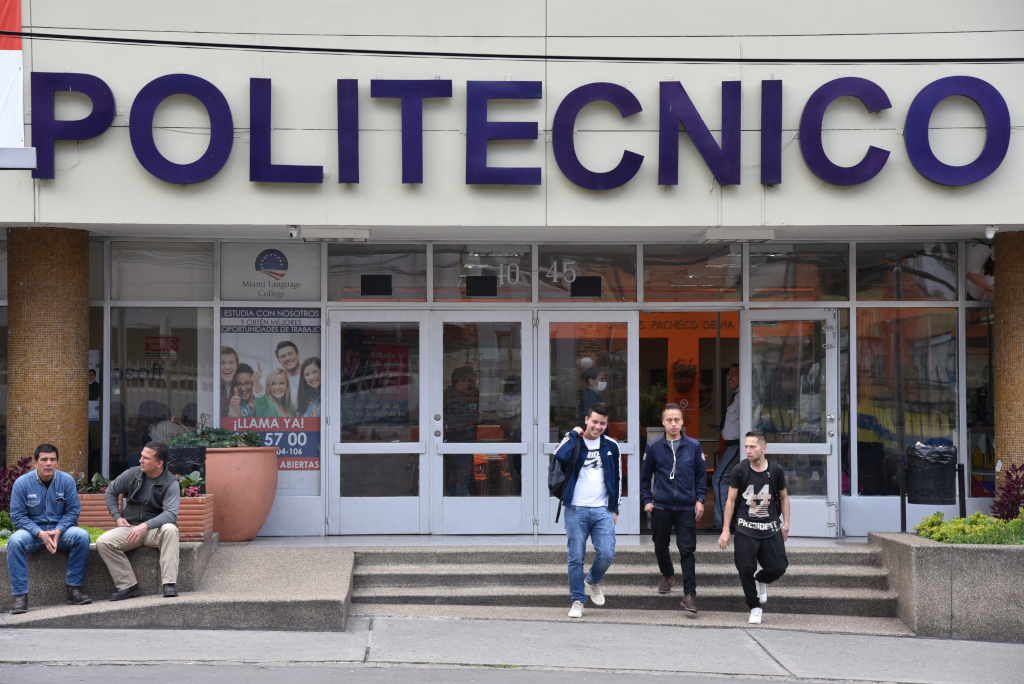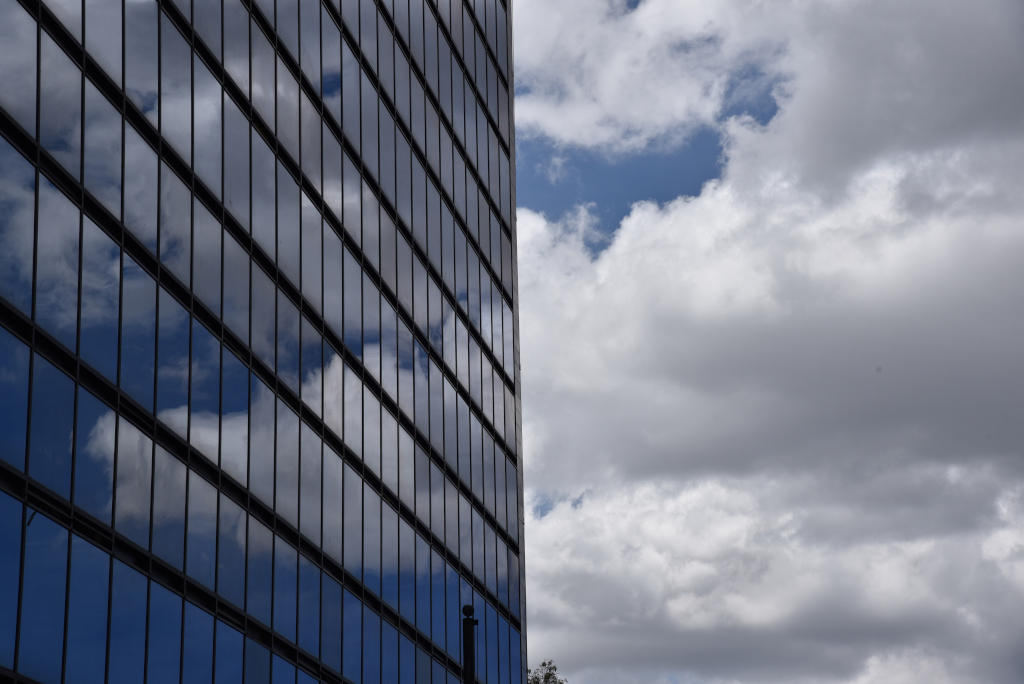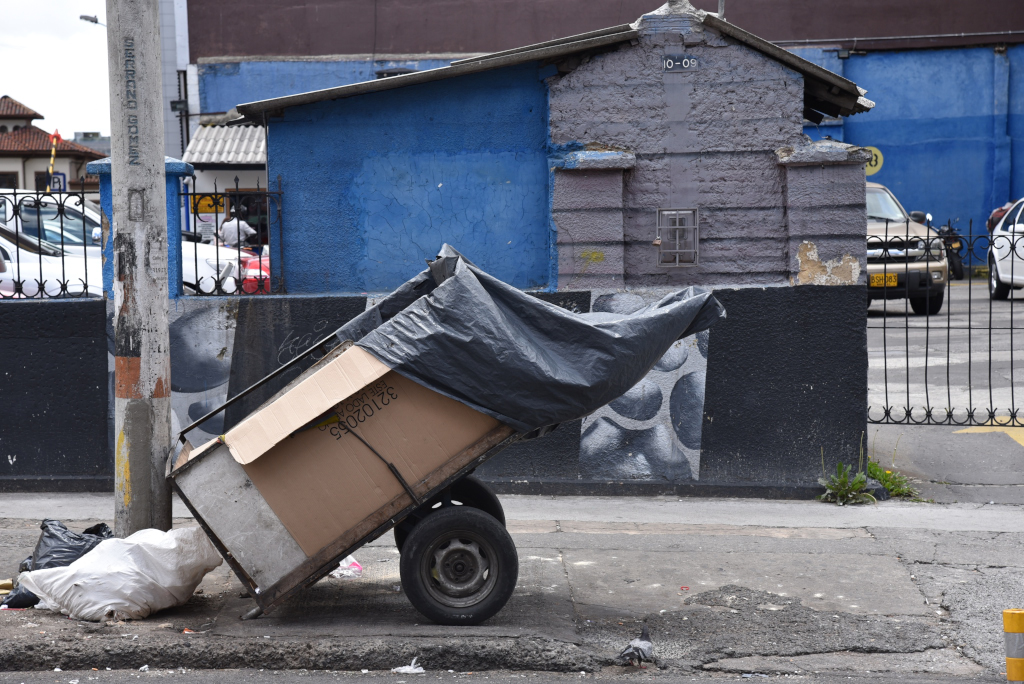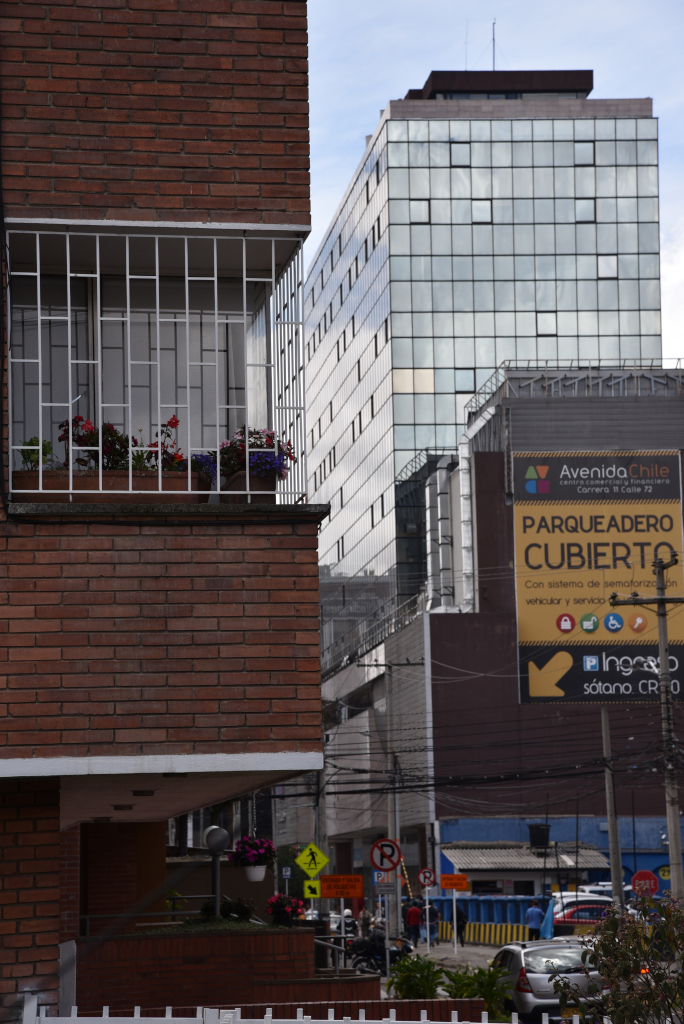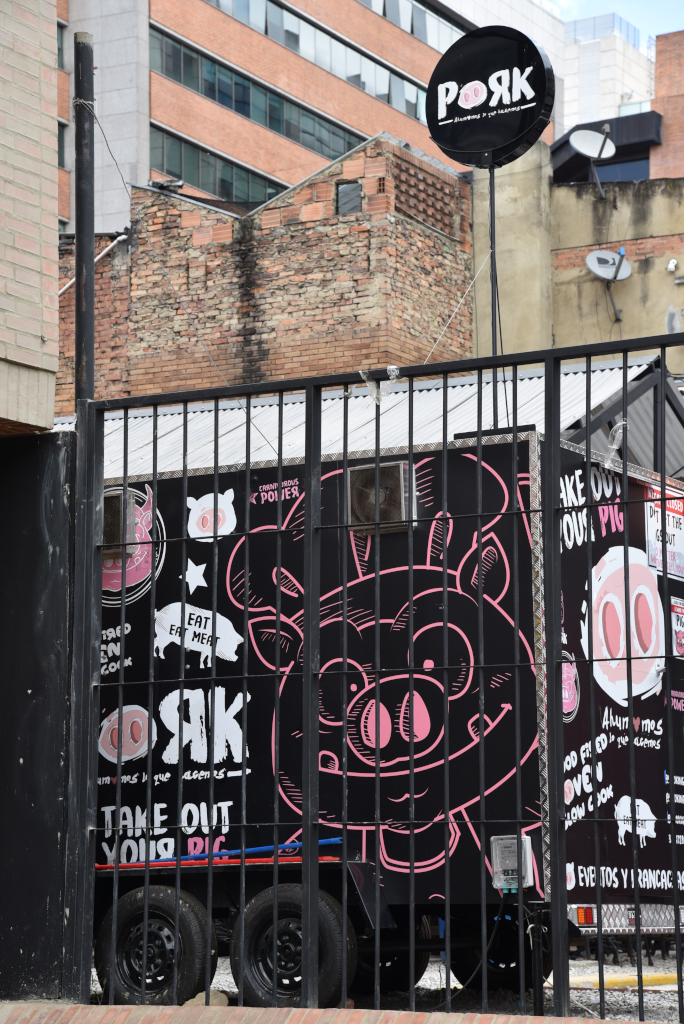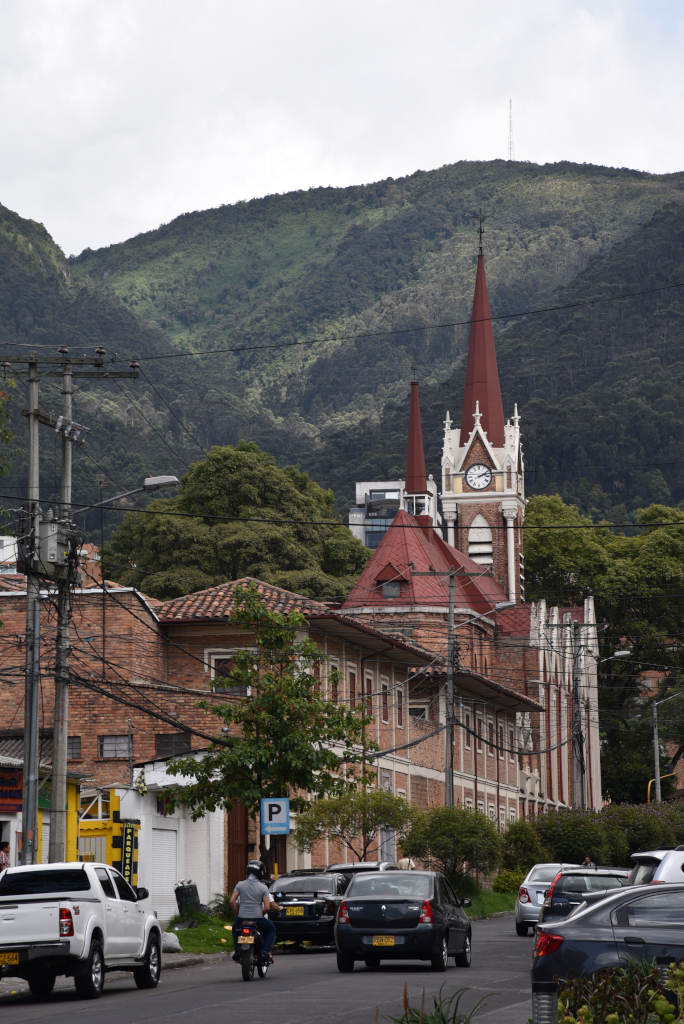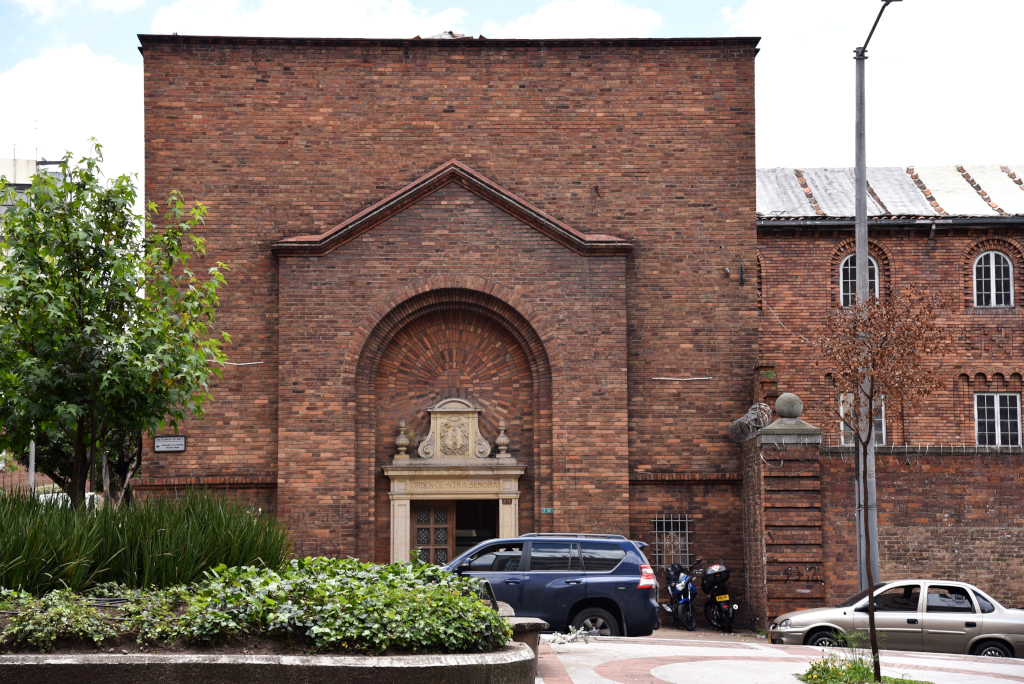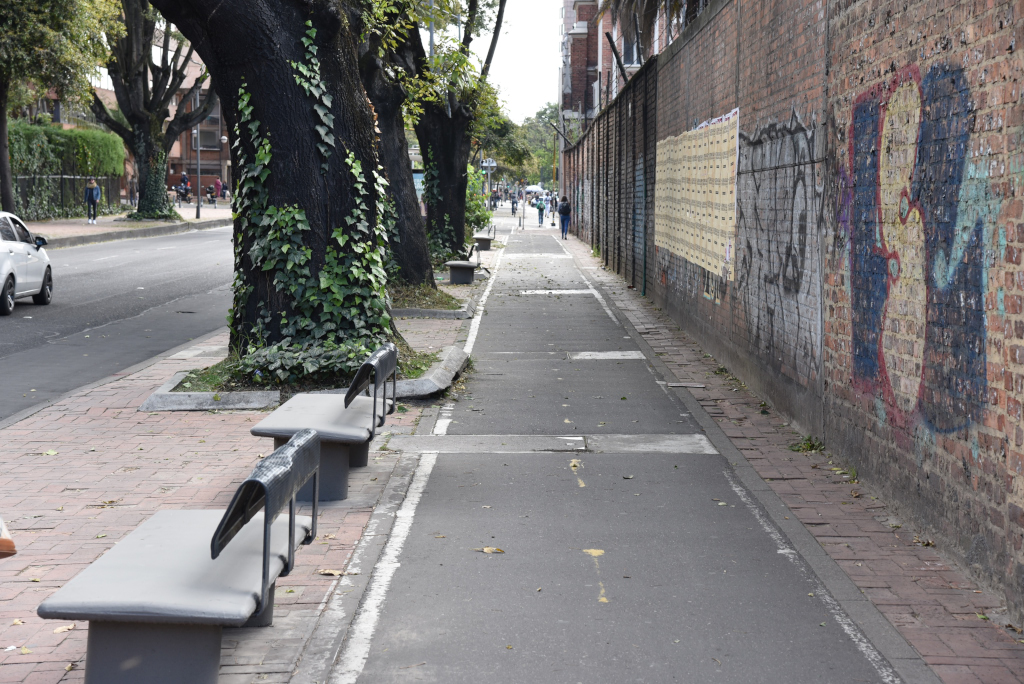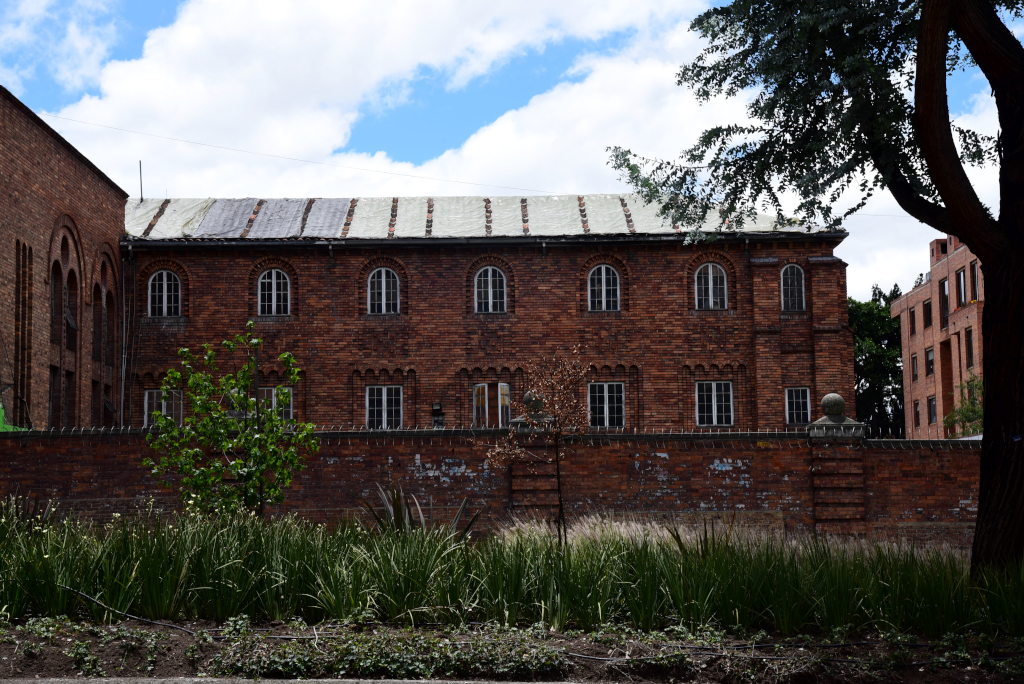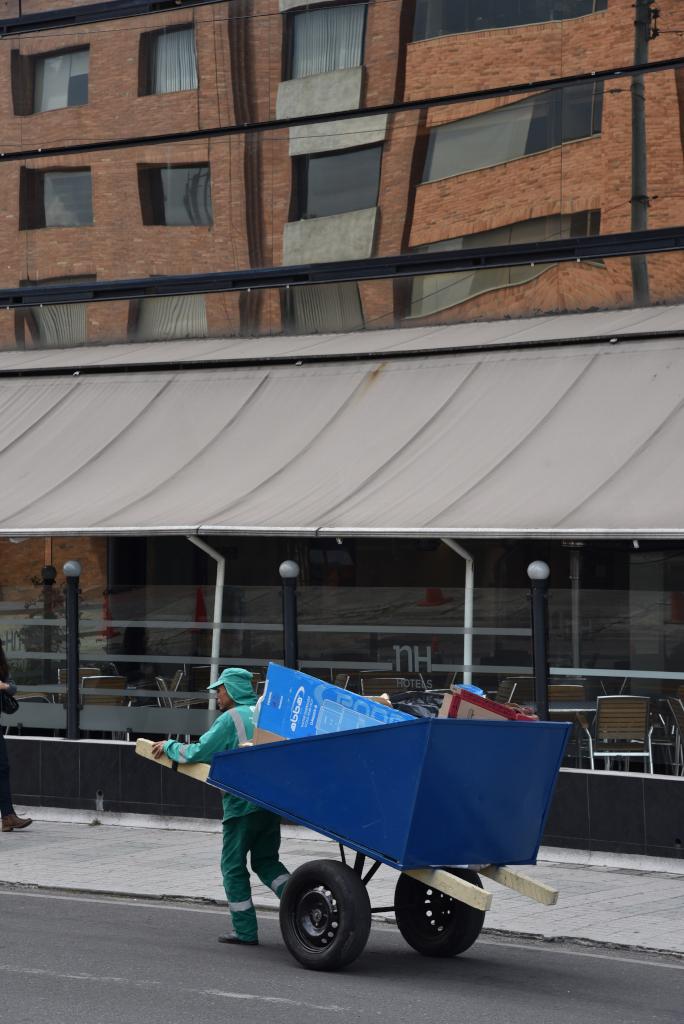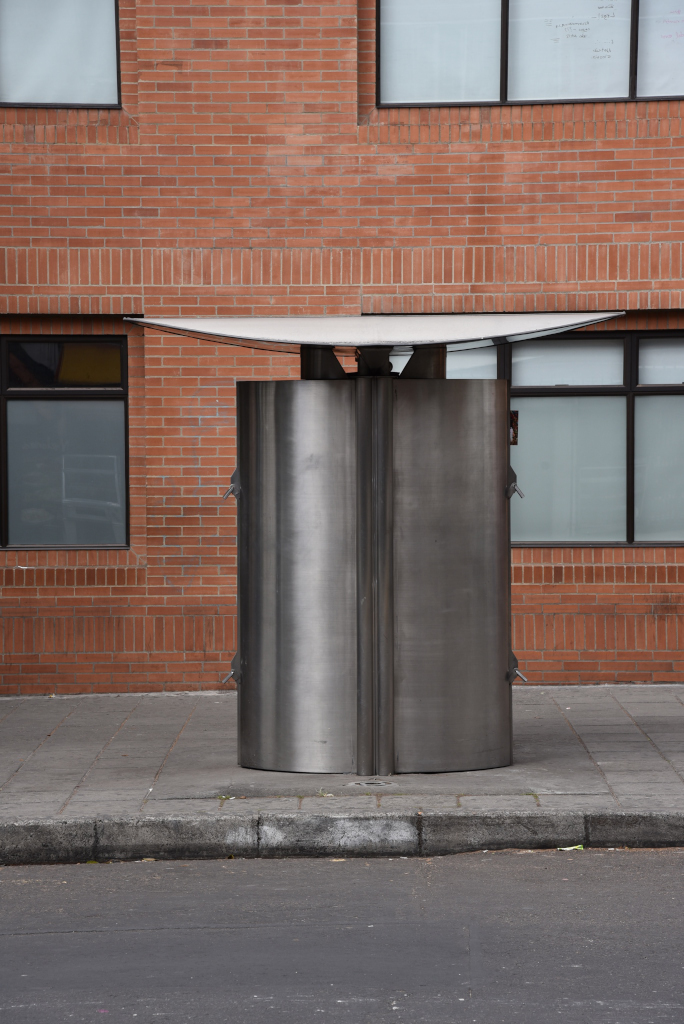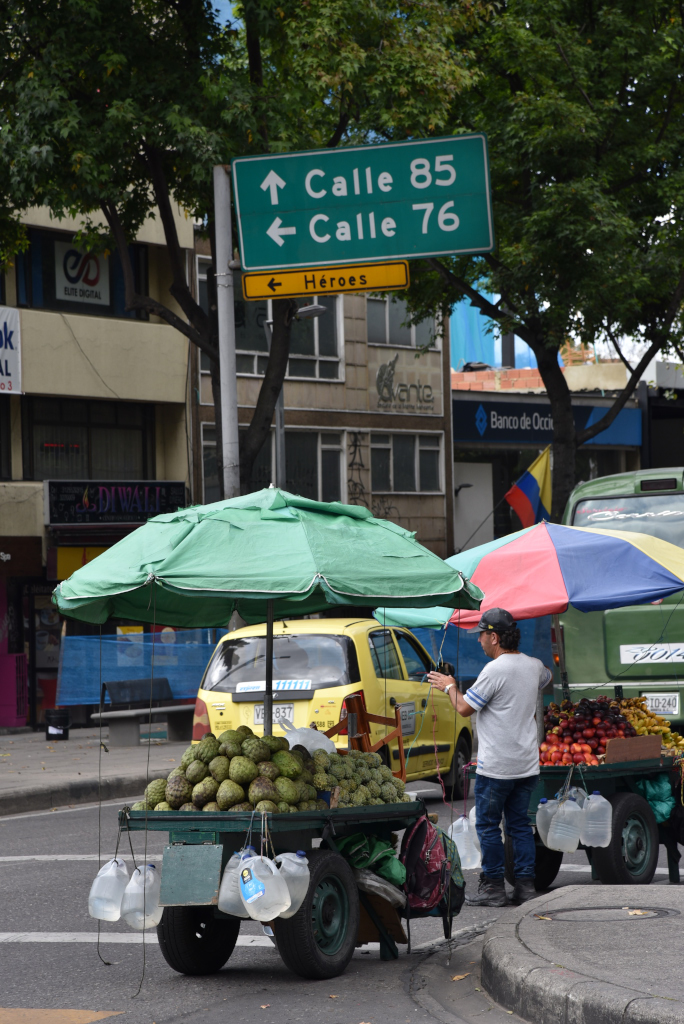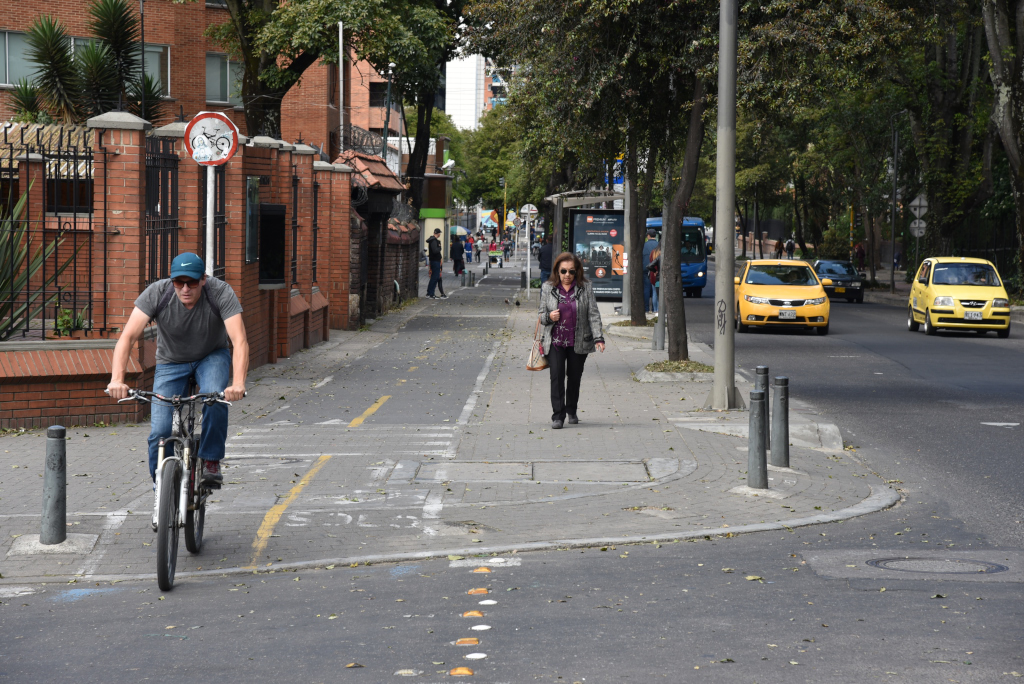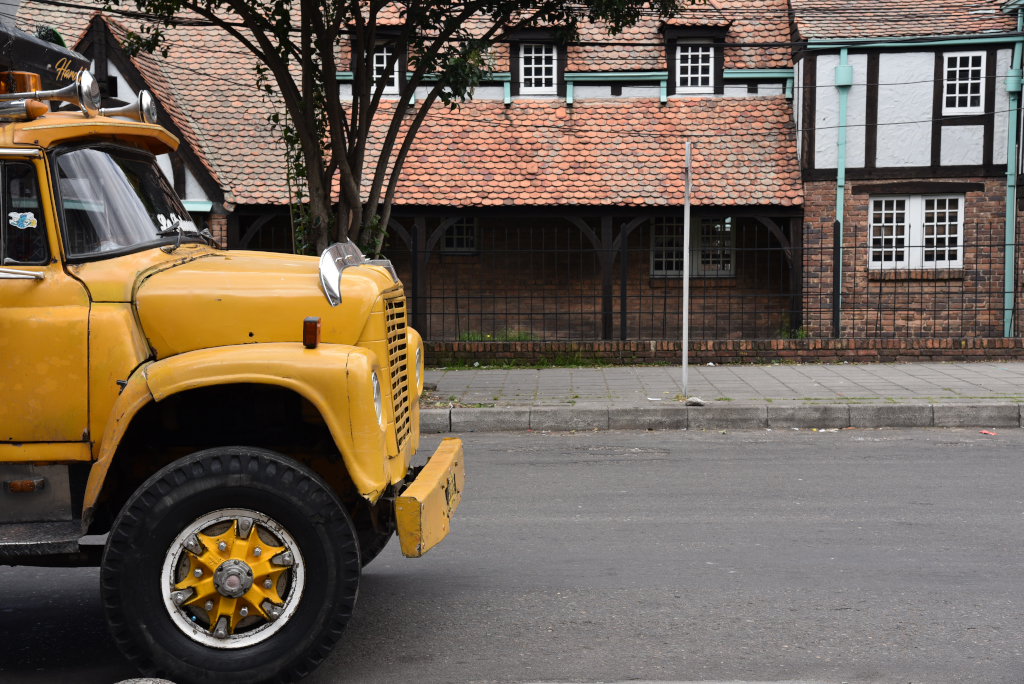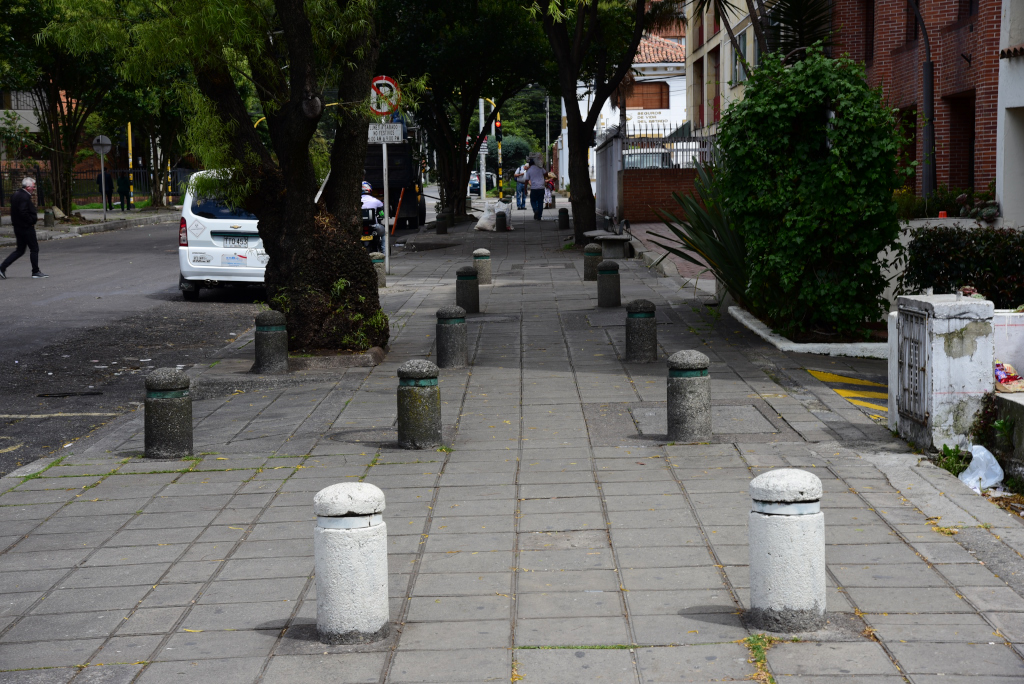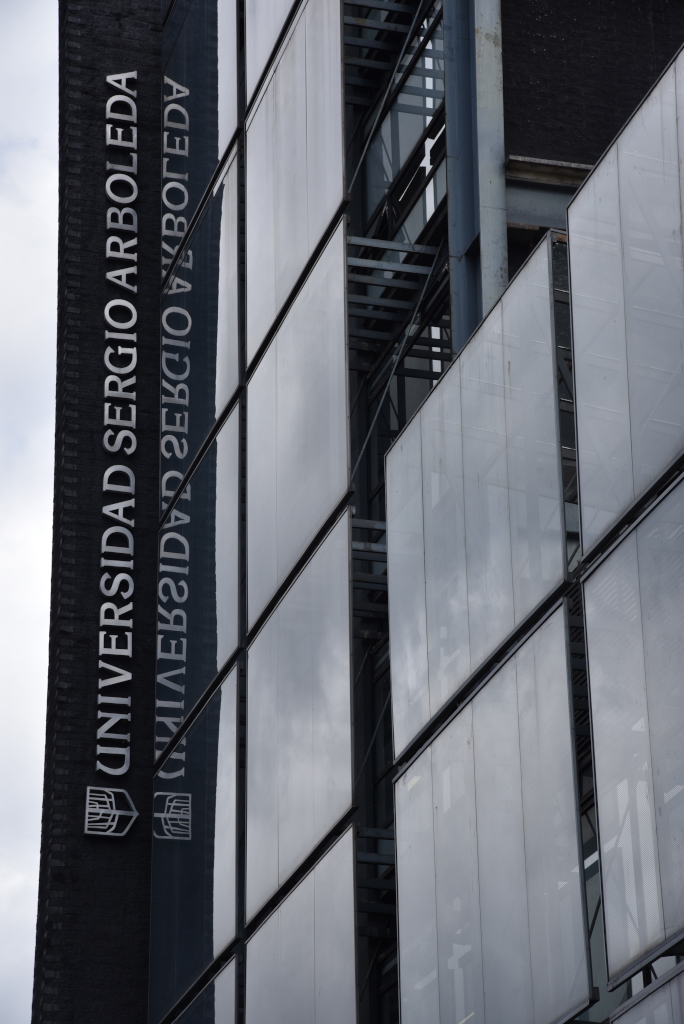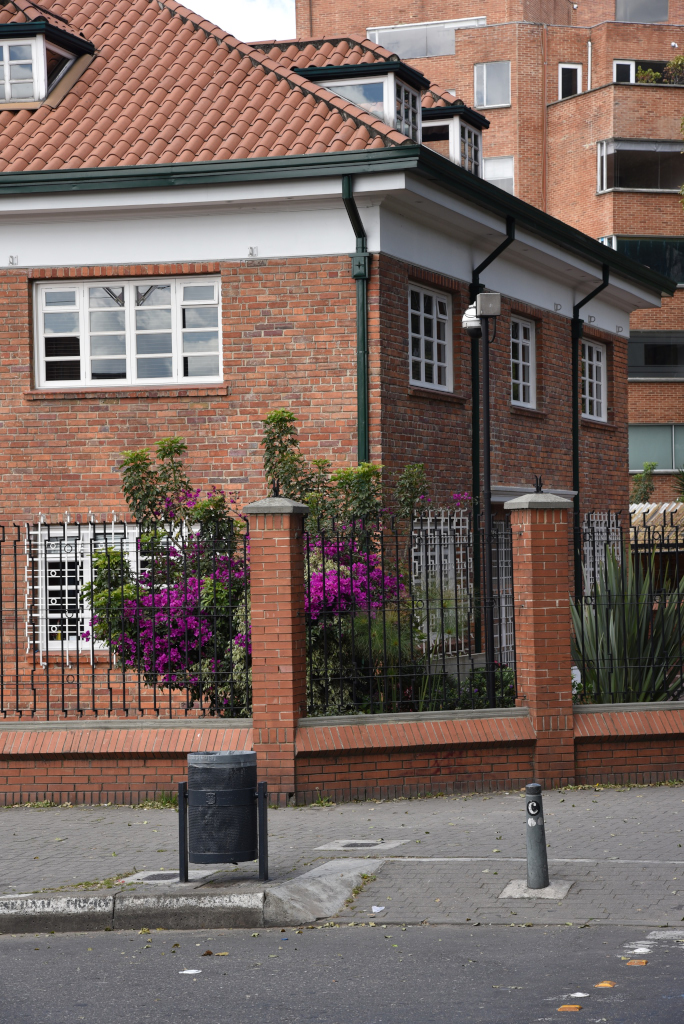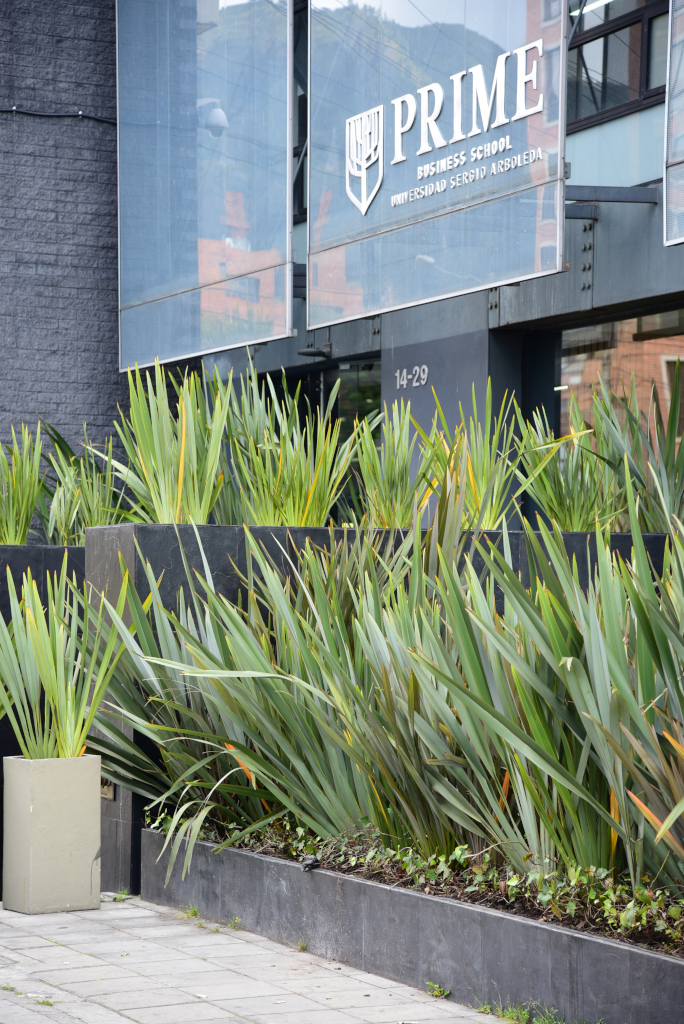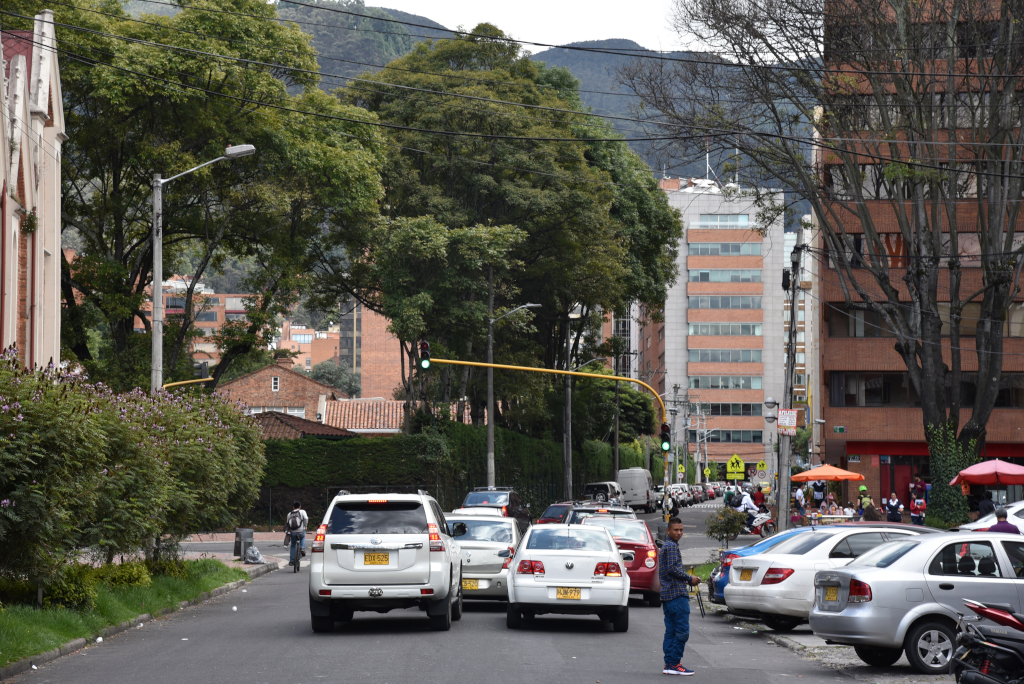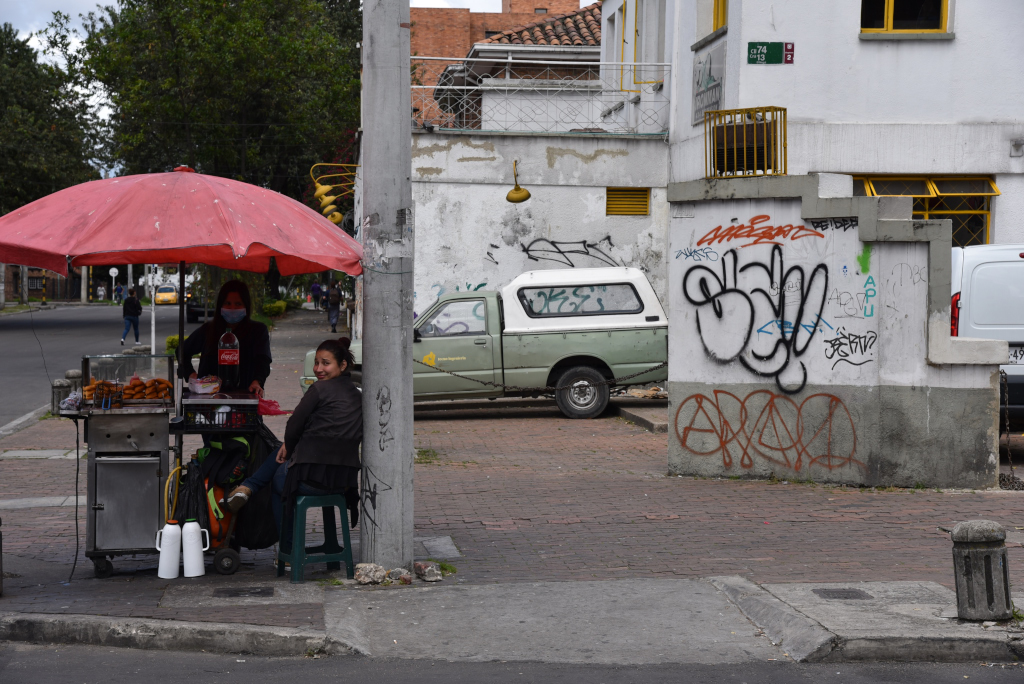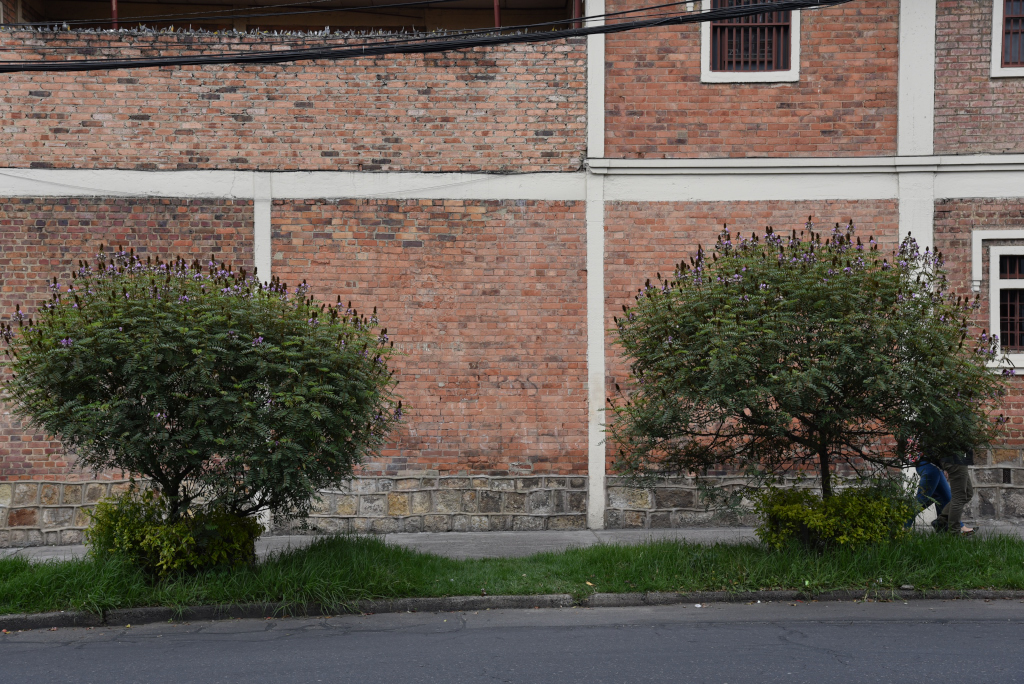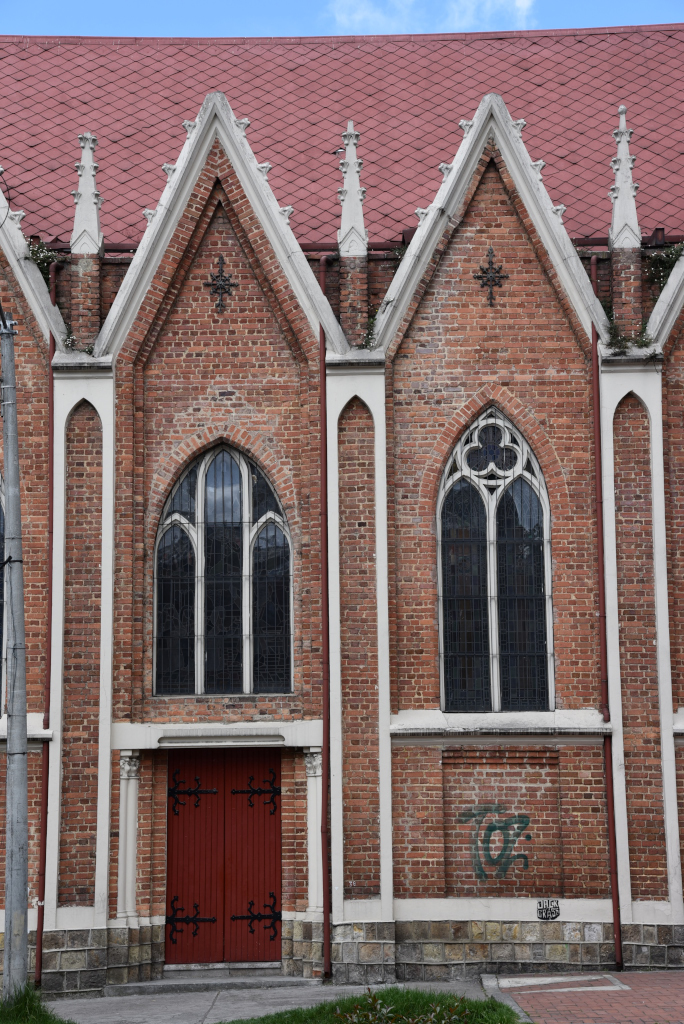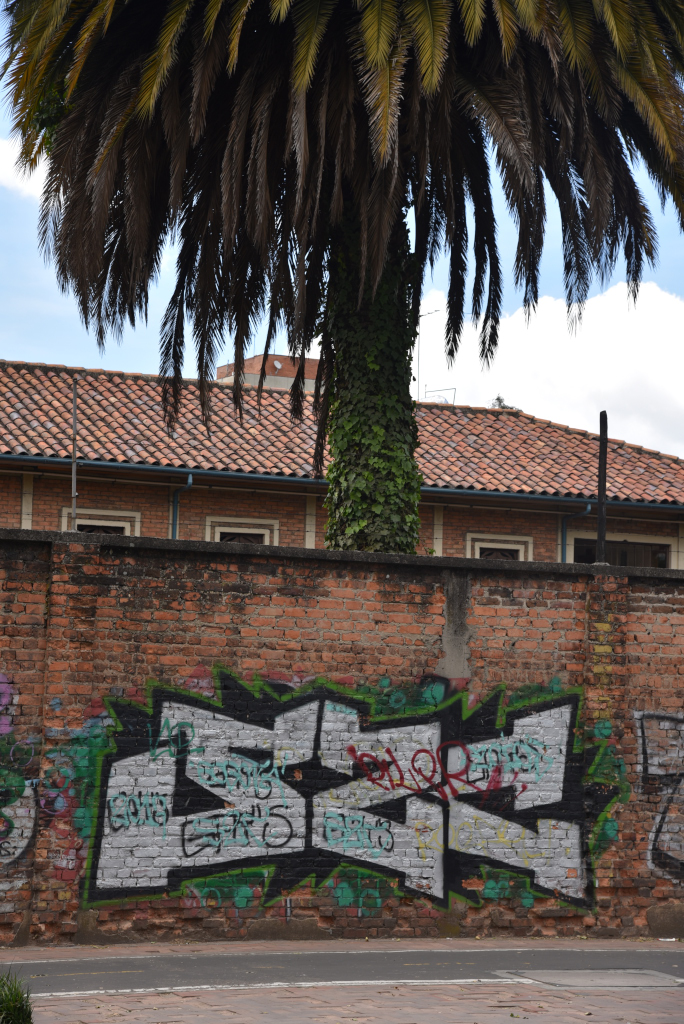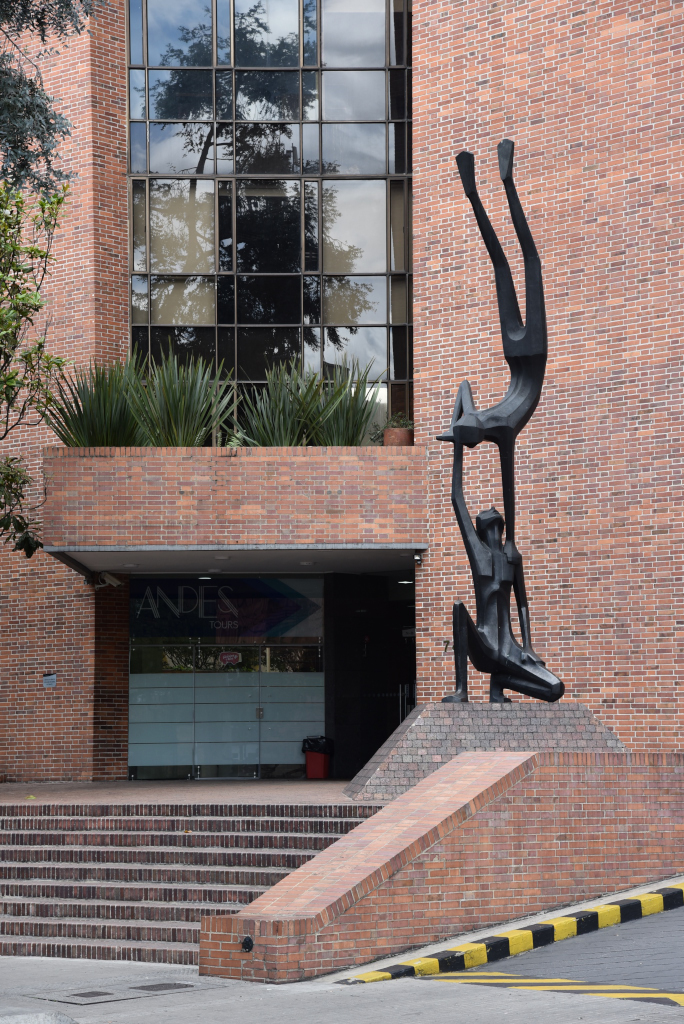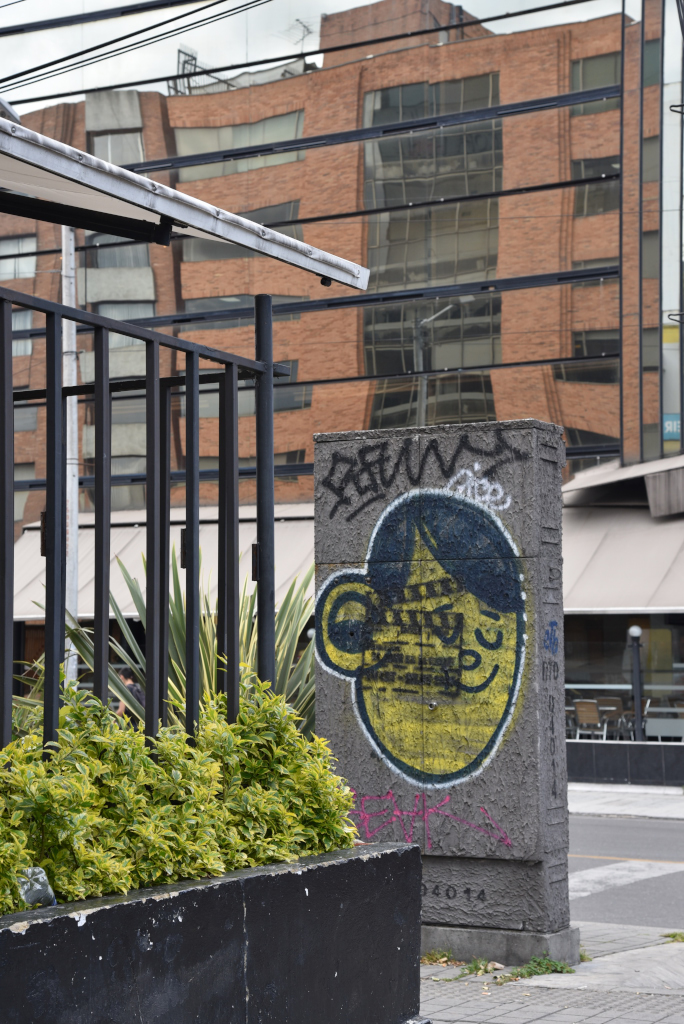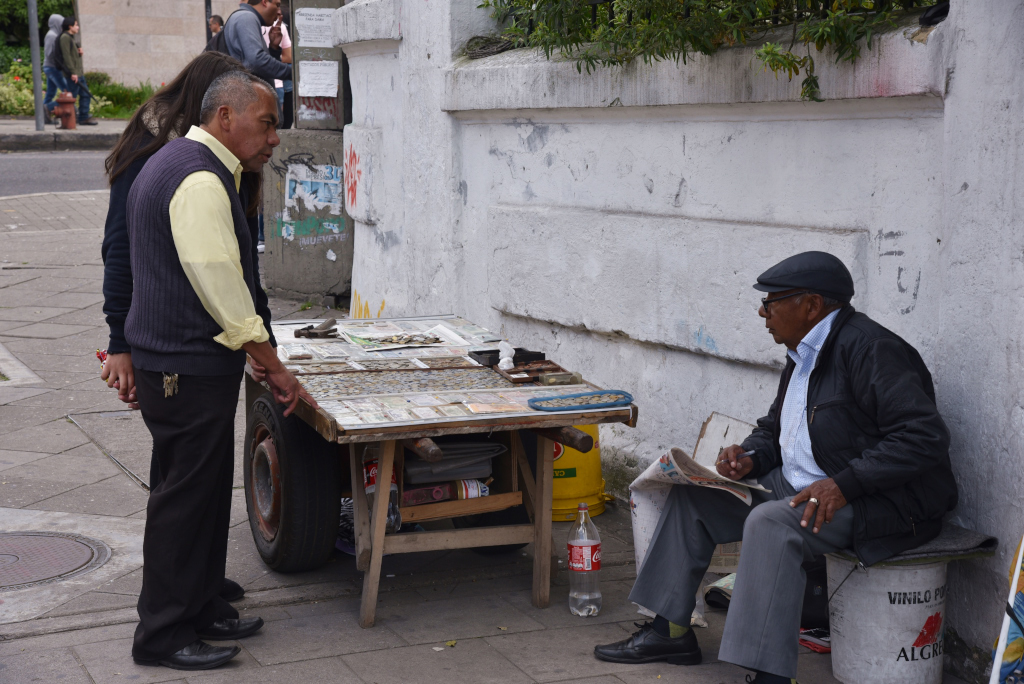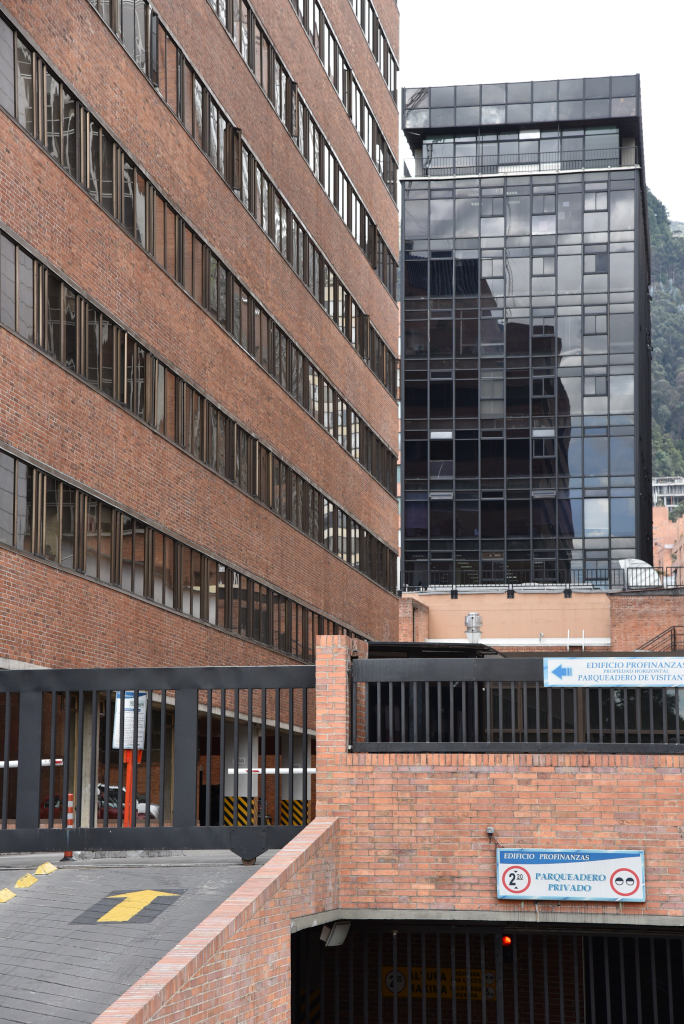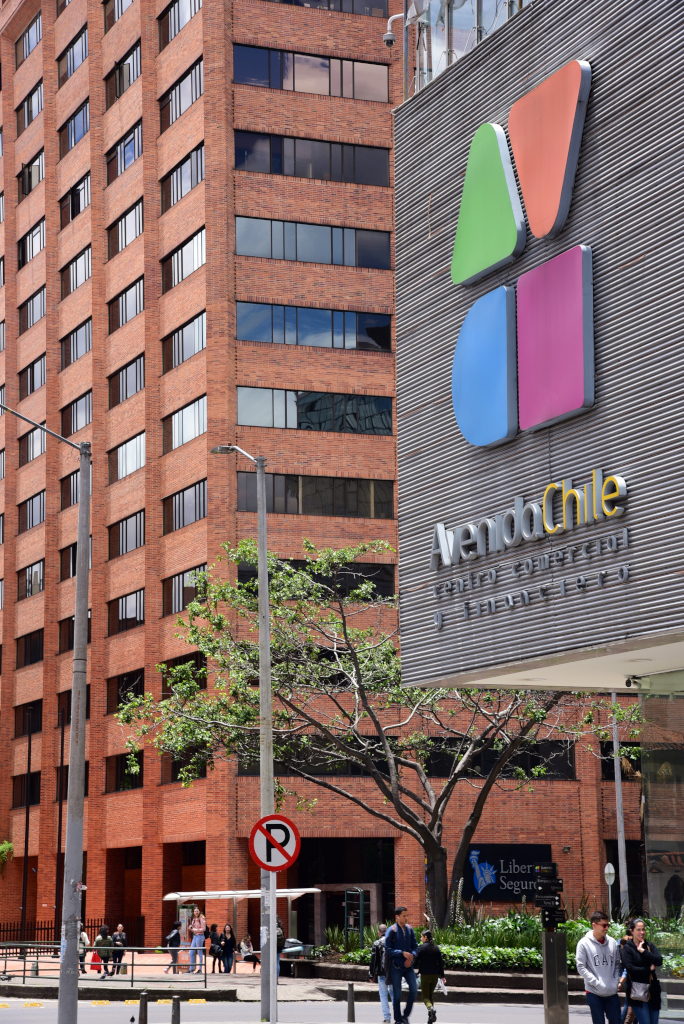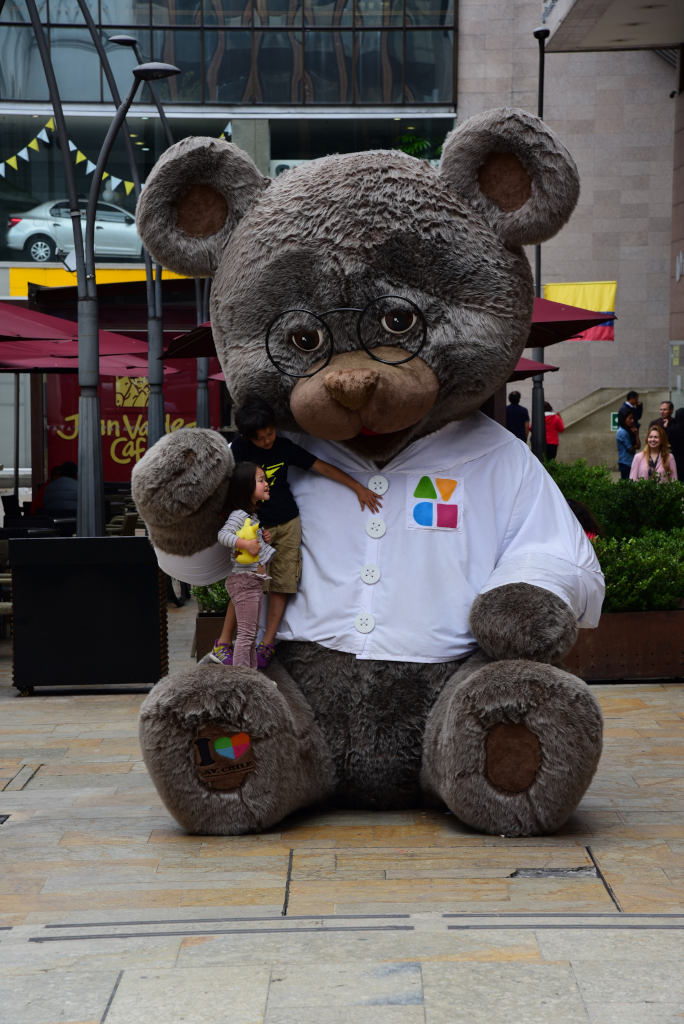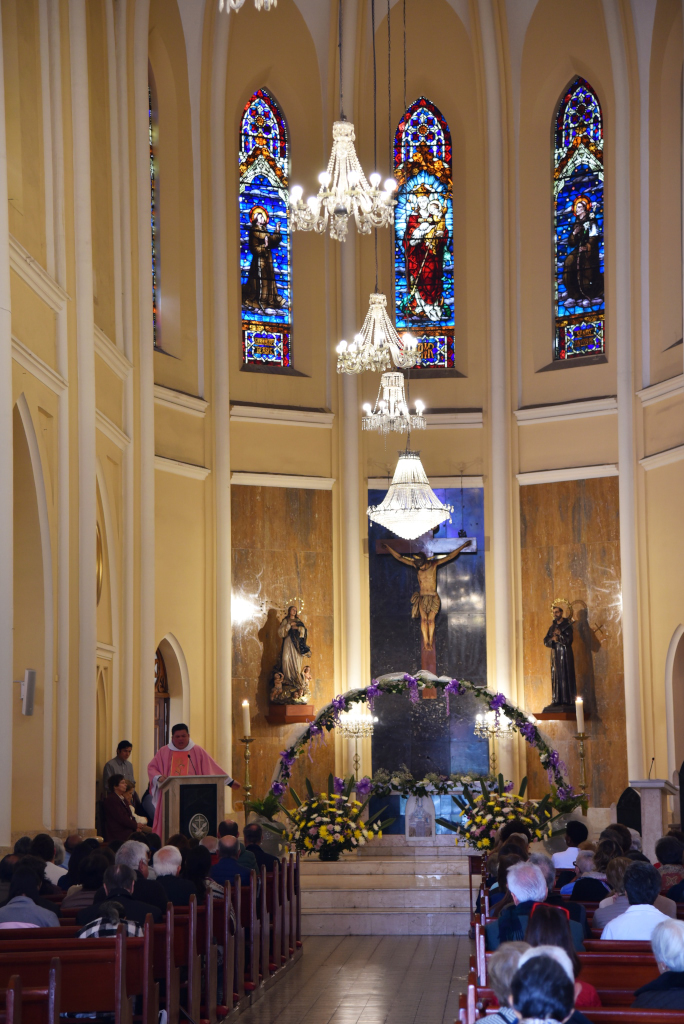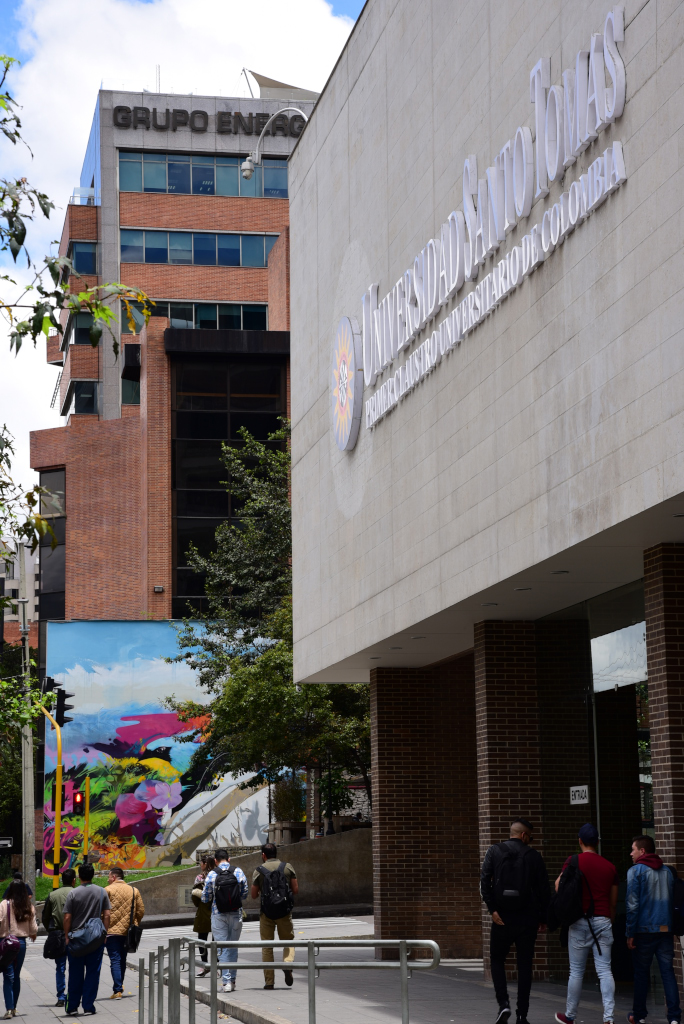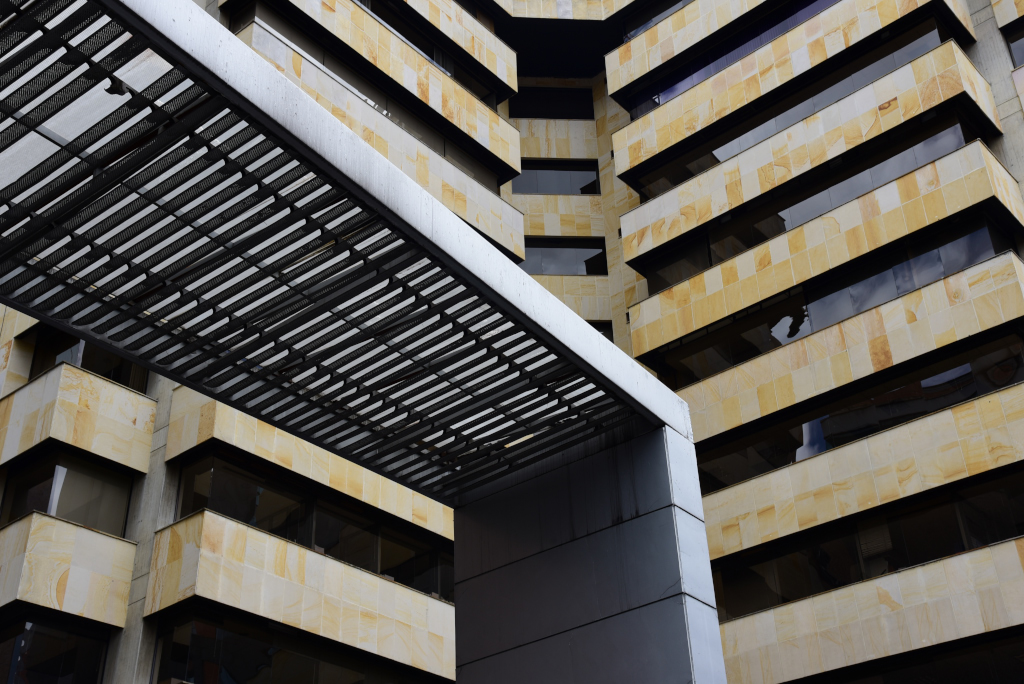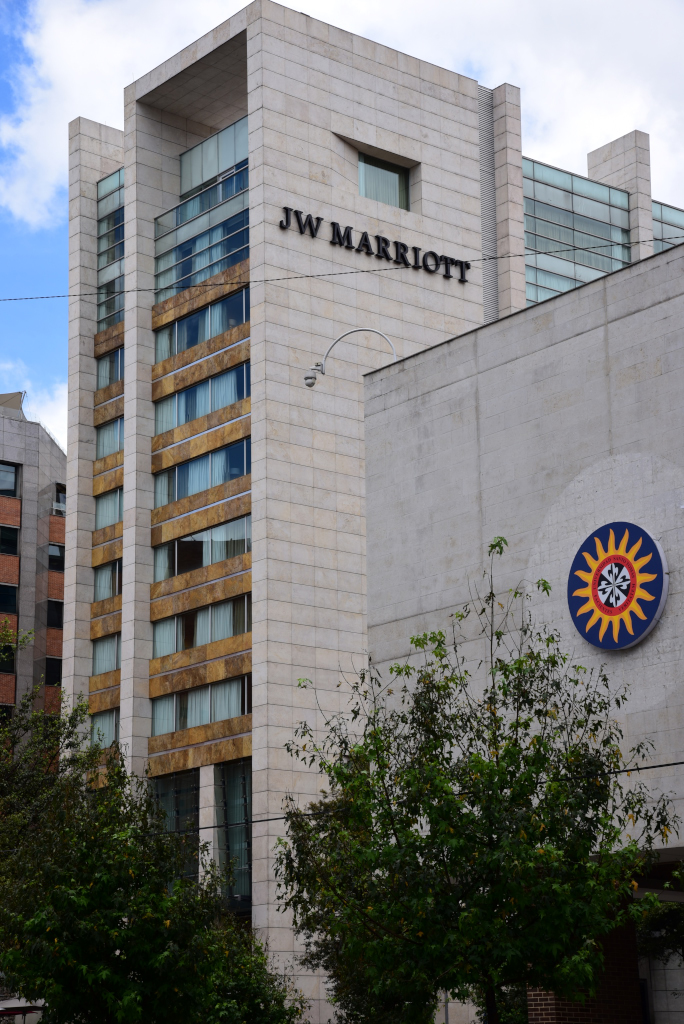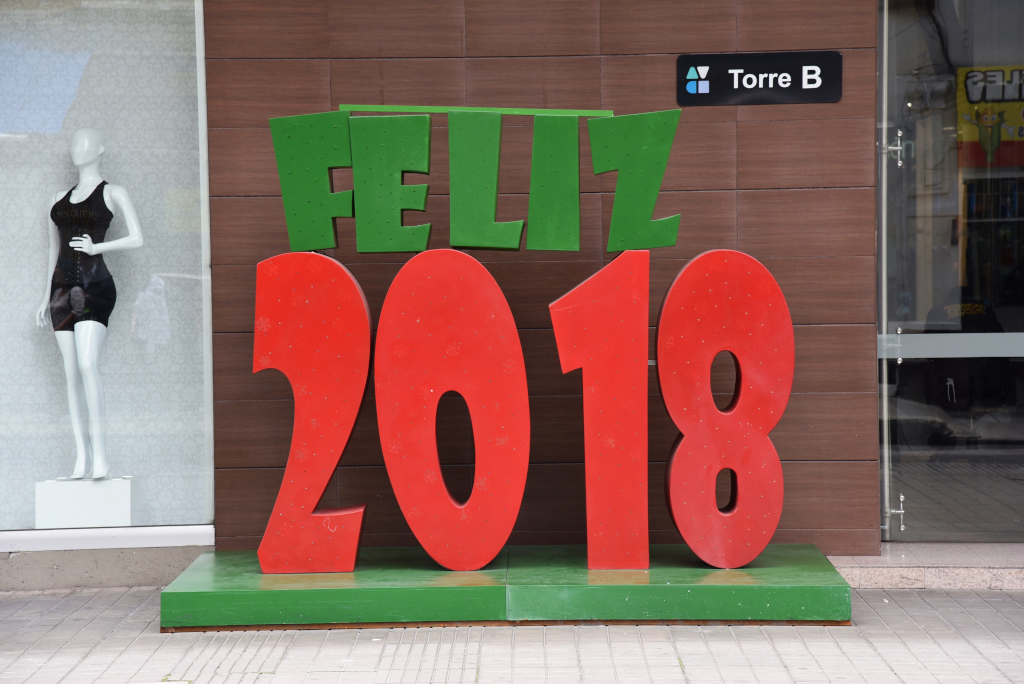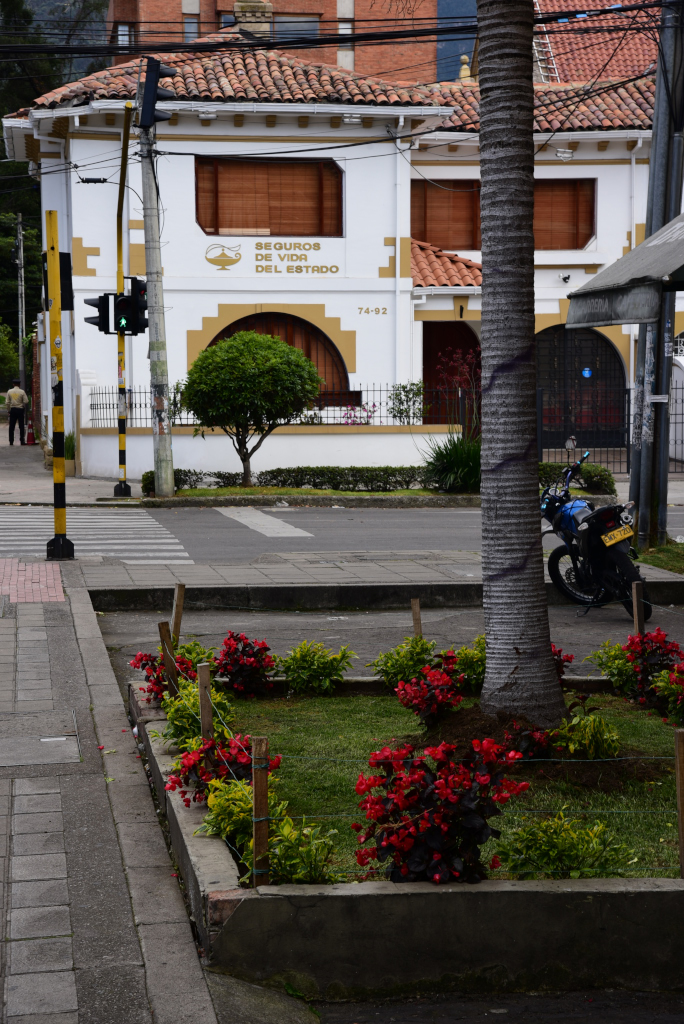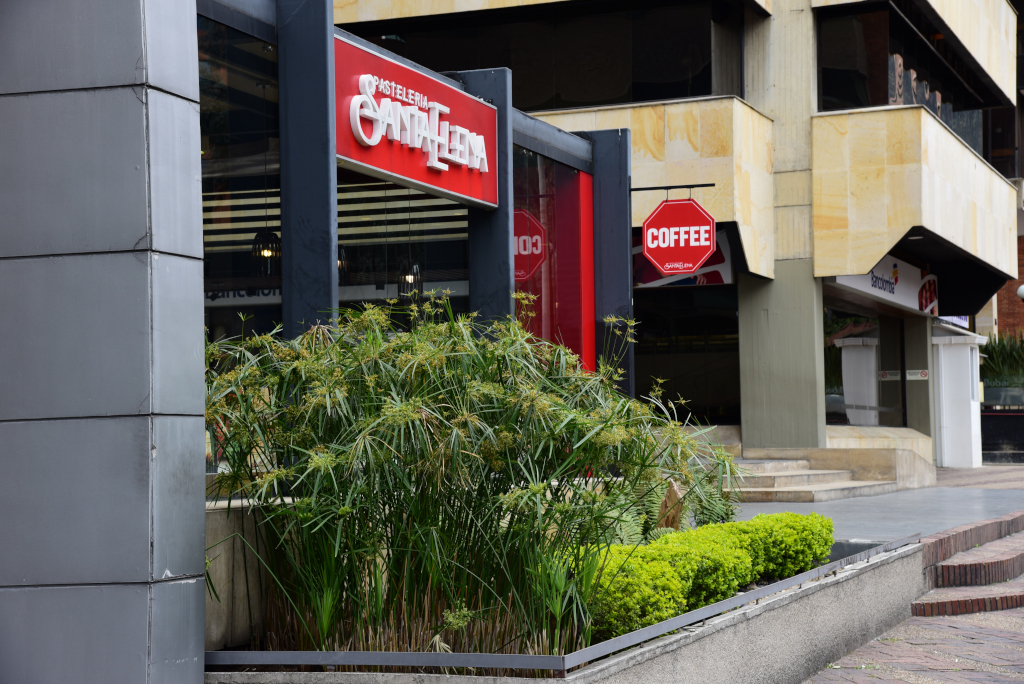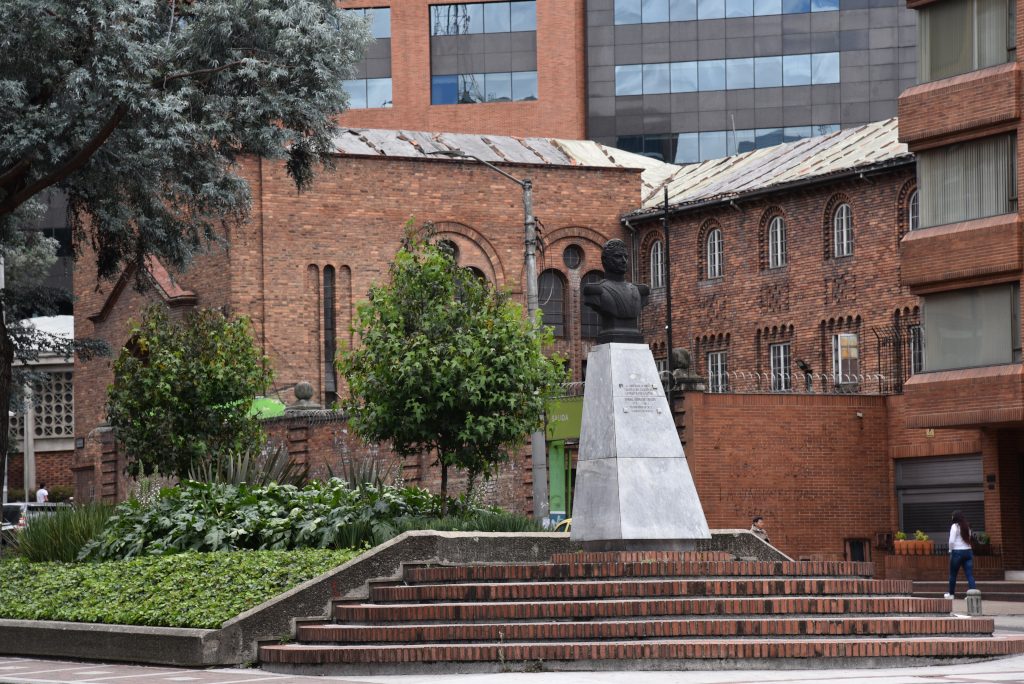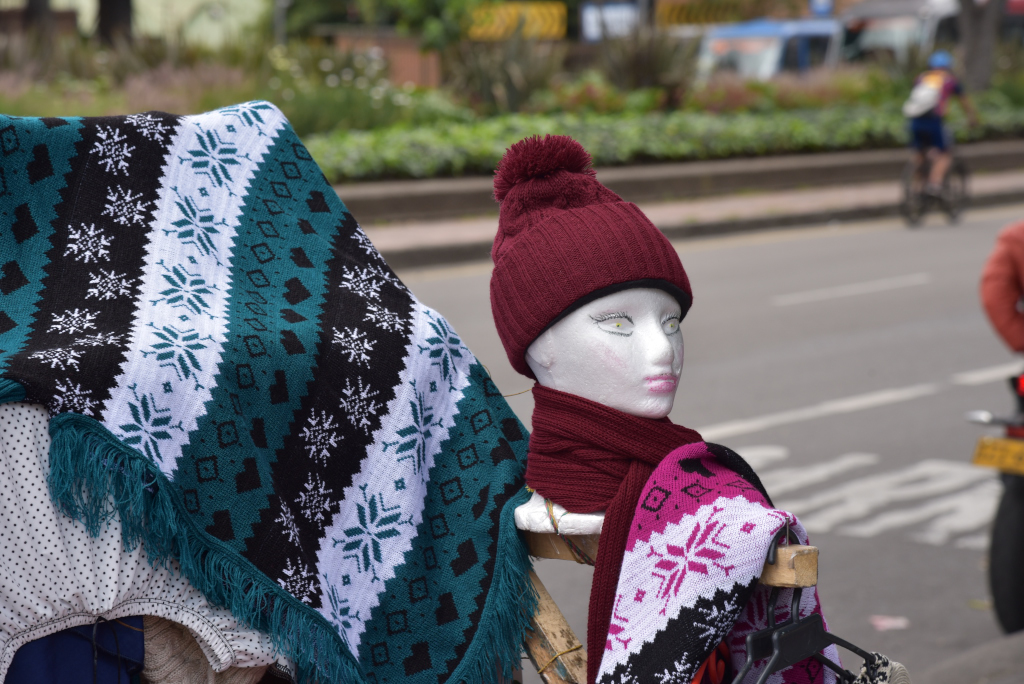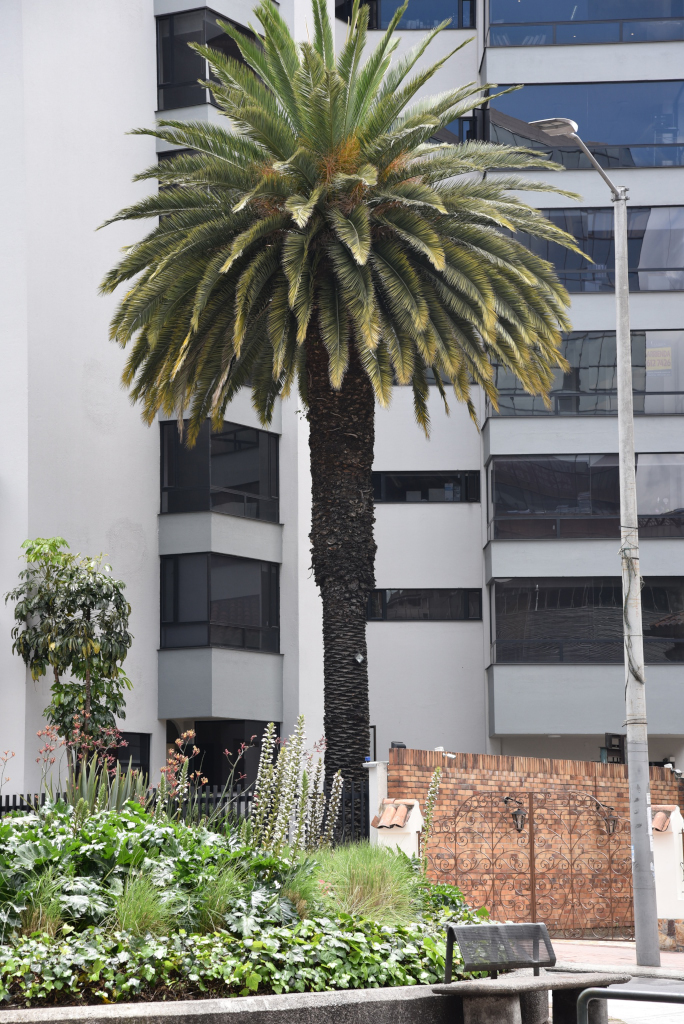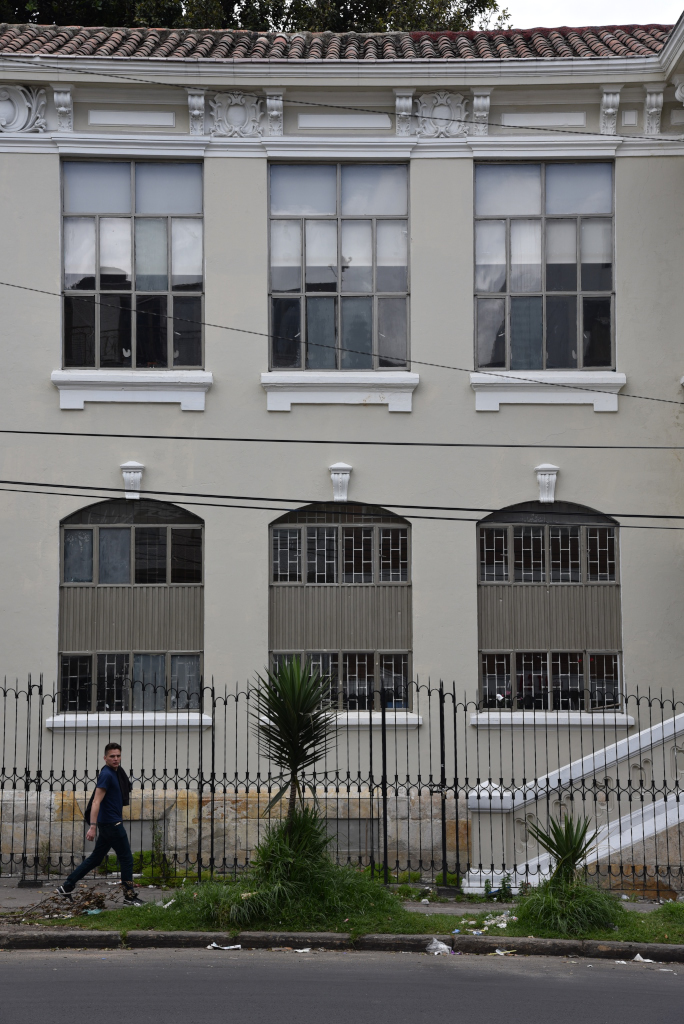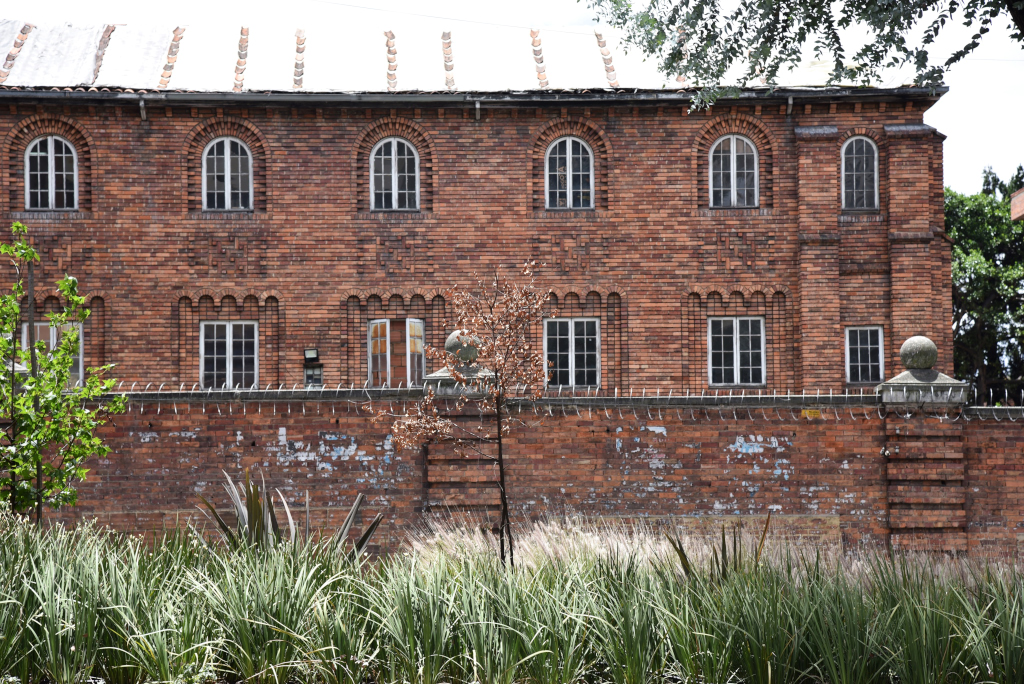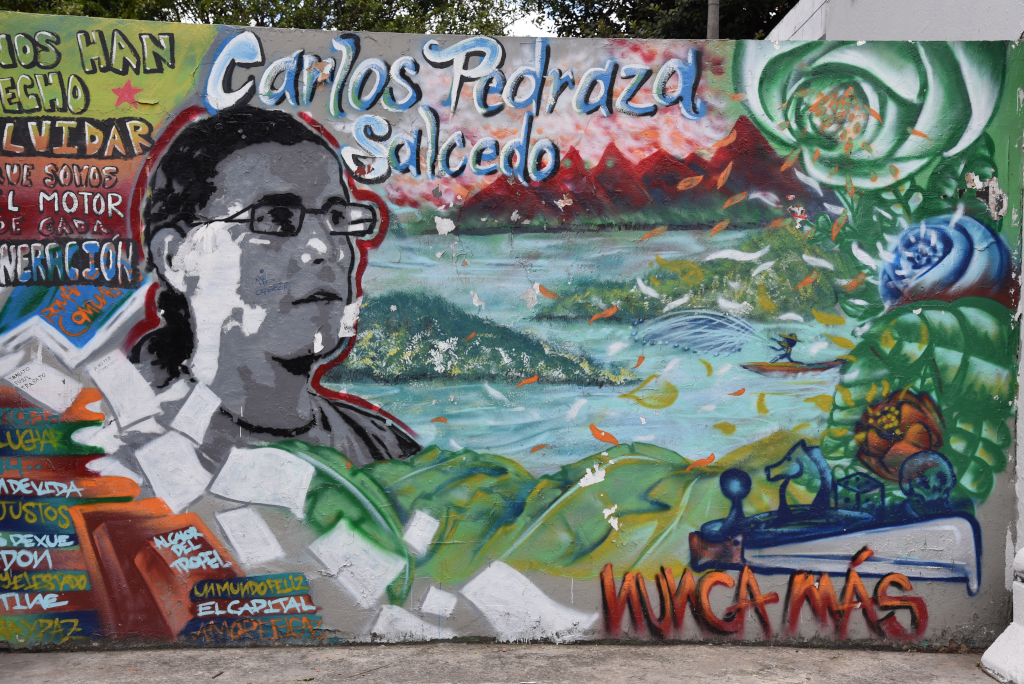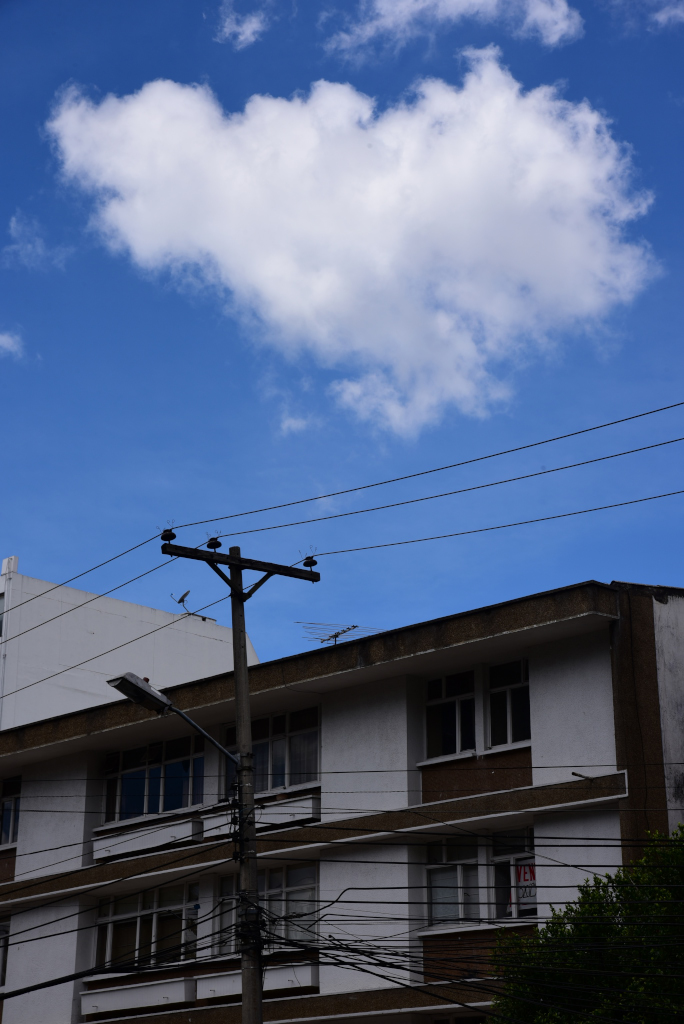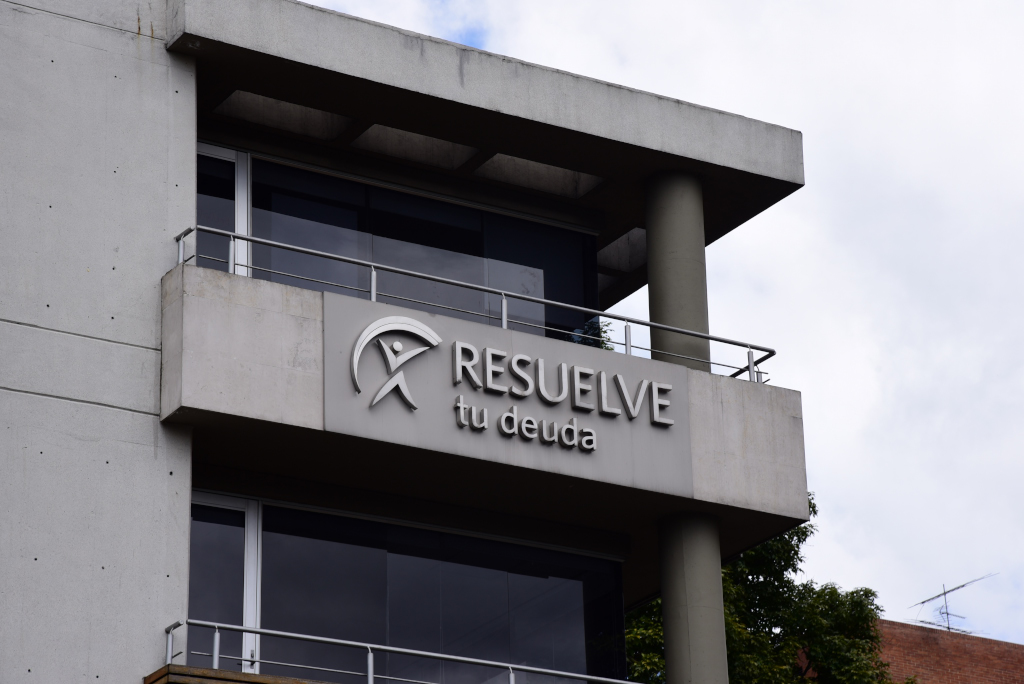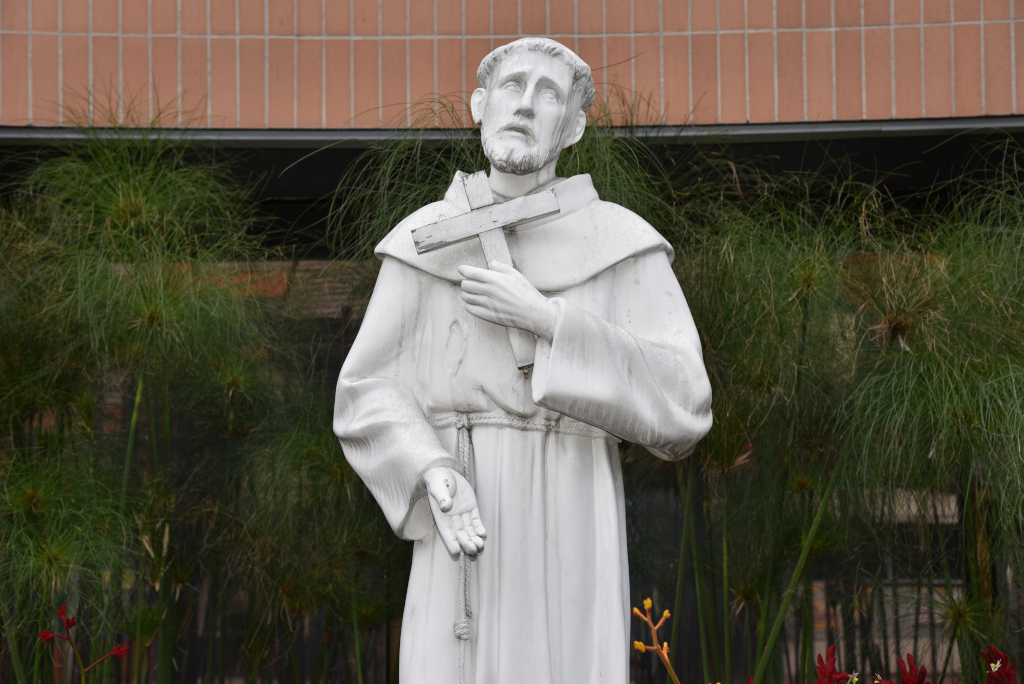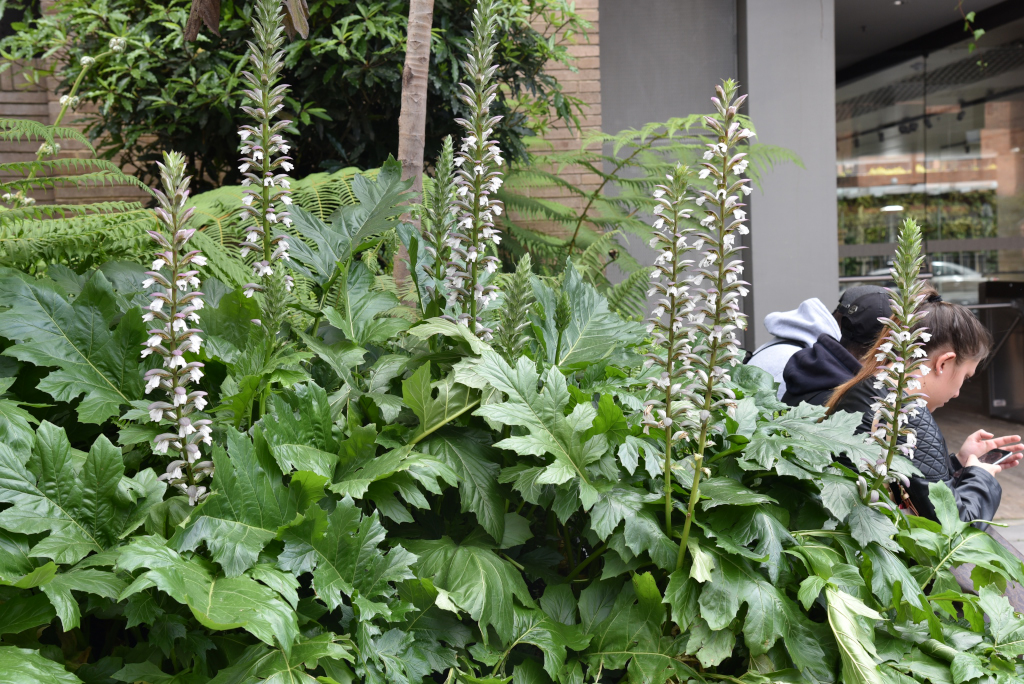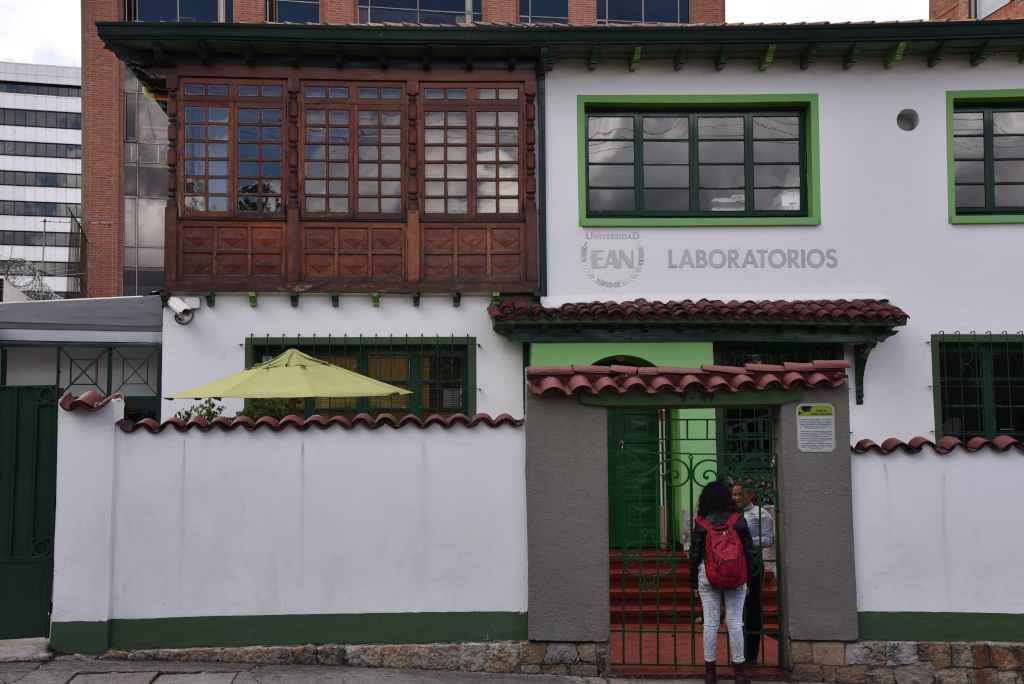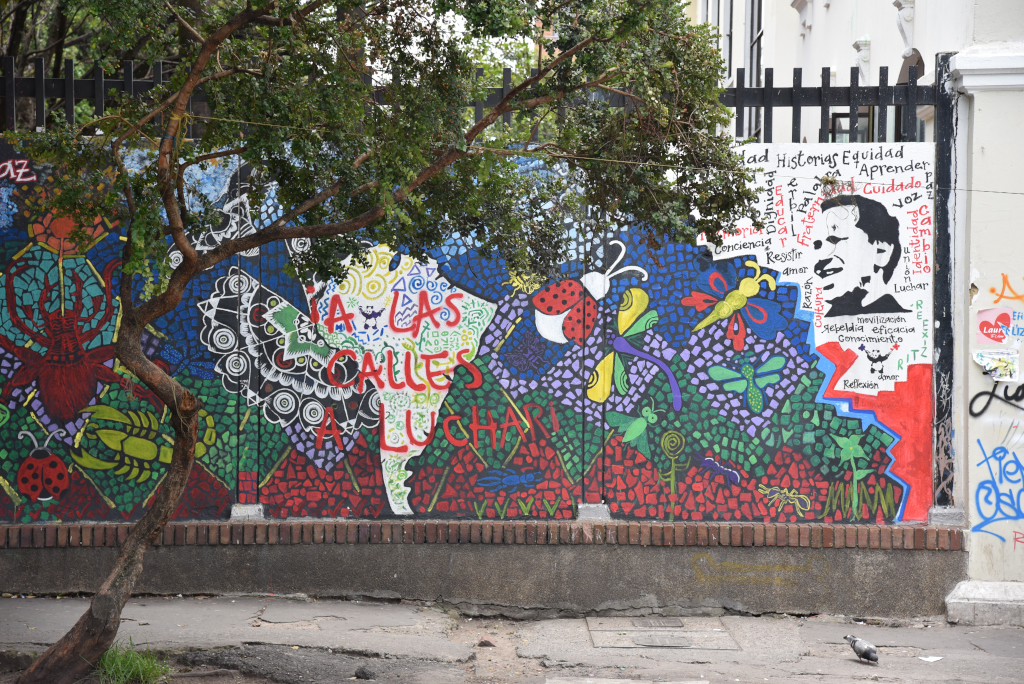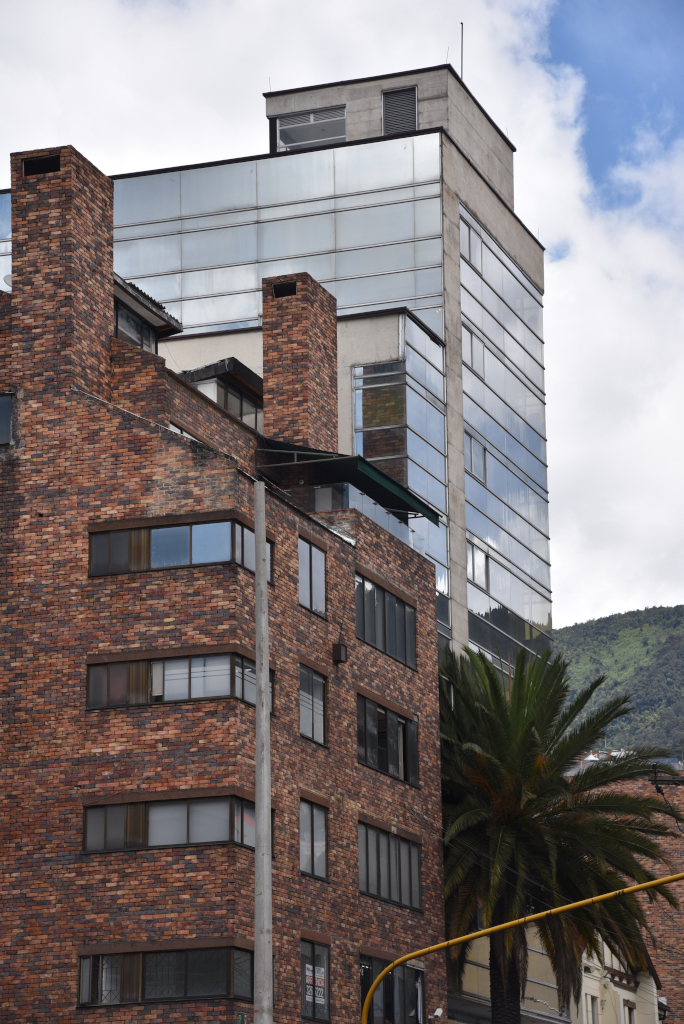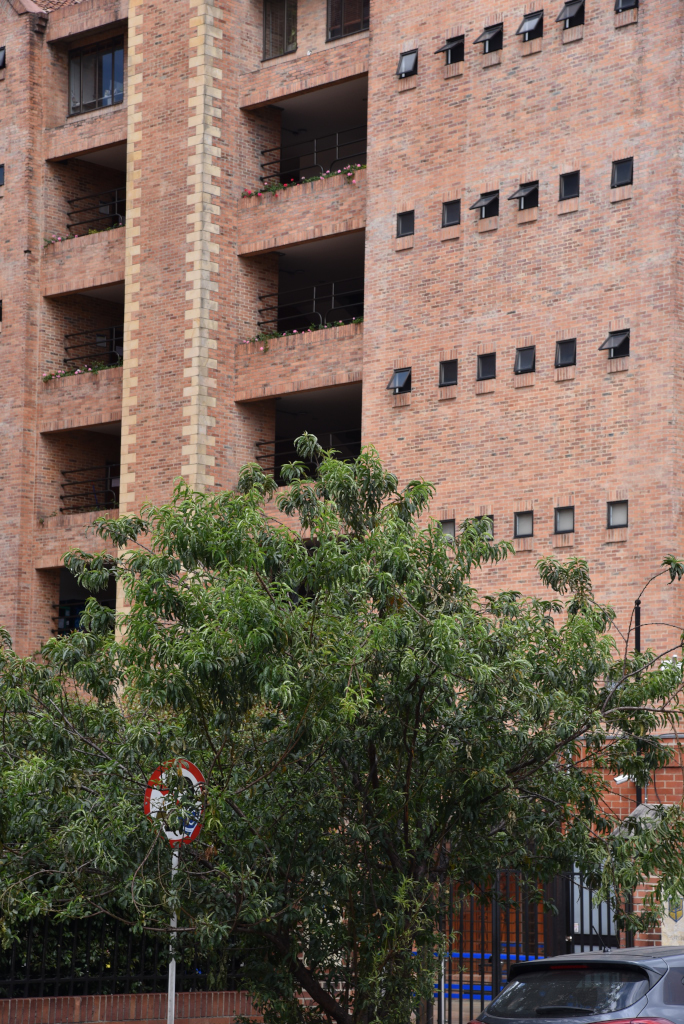March 10, 2018
It’s really nice to wake up in an ample bed in your own home, at least home for a while, enjoy the privacy of your personal space, a fridge full of food, a breakfast cooked by yourself, and so on. Well, the cooking part takes time, and it’s not as if the scrambled eggs represent any kind of earth-shattering culinary experience. But it’s great to be here!
It may be Saturday and the day to check out the clubs, but all drinking places will be dry due to the elections happening tomorrow. While it may be the vaunted night out when the clubs and nocturnal establishments spring to life, I don’t particularly cherish the idea of being stuck in some dodgy neighborhood – even potentially risk my life – to take in what may or may not be worthwhile night life.
Outside the morning is dour, overcast, and threatening rain, but one should never forget the dictum about Colombia having four seasons – in a single day. By the late morning, brilliant sunshine is pouring through the windows. The traffic from Carrera 1 is surprisingly not deafening, and in any case, I am used to tolerating the sound of loud traffic at all hours.
By late morning, it is time to leave the house and explore the designated part of town. And that would be the area of San Felipe, bounded on Google maps by Avenida Caracas on the east, Carrera 24 on the west, Avenida Chile to the south, and Calle 80 to the north. That should be easy to locate, given that I am not that far away. The motive for the visit is that the area is apparently home to a cluster of independent art galleries.
The churches of Bogotá are interesting inasmuch as they hearken from different eras, and of course differ as well as a result of the associated denomination. As with much of the architecture here, ranging from the modest to the most patrician, brick is typically used for construction in the city and to some extent, in the Colombian highlands.
For example, the structure in the southwest corner of Avenida Chile and Carrera 7 is a blend of Baroque and squat modernism, however intentional or not. And despite the utilitarian nature of the brick structure, it is enveloped in a terse but elegant swath of local grasses and what looks to be fique, consistent with the predilection in the posher areas of Bogotá for compact but striking garden spaces.
To say that there are good cafes in the area is an understatement. Bogotá in general is fairly decadent for coffee, but the area of Zona G understandably attempts to exceed itself, although the area is also very high on pretense, which often comes at the expense of actual quality. The sense of indulgence culminates with the establishments in the Hilton hotel on the west side of Carrera 7.
As in many other central areas of the city, anchoring tenants include major educational institutions, such as the Unversidad Santo Tomas and the Universidad Pedagogica Nacional, the area of the latter drenched in revolutionary graffiti and murals, reflecting the presumable political orientation of the student body.
The Centro Comercial Avenida Chile is replete with small shops, opticians, clothing shops, cafés, smart, compact, but not excessive. The wide plaza with the Juan Valdez café and giant teddy bears at the back is familiar, as I passed by here on one of my first days in the country.
There are virtually no street vendors in the area, unlike the melee around Avenida Caracas, which is far poorer. And yet it would make sense that there be more street vendors here, as people have more money. But then even if food on the street is much less expensive, more privileged people are more wary of buying for hygienic reasons. Perhaps the police clear people off if there are too many vendors on the street? I certainly won’t be asking the police!
The area to the west of Carrera 7 springs to life, far more diverse, engaging and with character than the cookie-cutter feeling of Zona G to the east, and even far worse, the entire residential sector running north to the east of Carrera 7. The area is rife with photographic subject matter, with a blend of stark modernism, Spanish colonial, ghetto, graffiti, Tudor revival, in a fecund setting, with the ever-changing weather playing havoc with the senses.
I take endless photos of buildings and urban scenery, since the human factor lacks that exotic je-ne-sais quoi that makes photographic subject matter in less developed countries often so compelling. People are attired in western garb, going about their work in restaurants, office, shops, unloading trucks, and so, really just the same as anywhere else.
I come across a small shop selling empanadas – no, they are not empanada, they are Bolivian salteñas! The clerk drily explains that they are baked, not deep fried. Yes, I can see that! And are they ever good! She continues in the same restrained manner, telling me that they taste good as well. But in the context of the typically flavorless and poorly prepared Colombian empanadas – well, that comment applies to a lot more than just empanadas – the salteñas are like a revelation. A single bite reveals not just a rich palette of appropriate spices but also the carefully extracted flavors of the underlying ingredients. A masterfully prepared pastry, however simple, and the chicken salteña that follows is no less perfect.
On Calle 74, I realize I am standing in front of the office of the Parques Nacionales de Colombia. But there are closed. Are they closed for lunch, or in general? Haplessly, I ask a man standing on the street if he has any idea as to what their hours are. Well, the fact that it’s Saturday may be an indication. Thankfully I will be here on Monday still, at which time they should be open.
Not being able to forgo the opportunity for a good conversation, I take up a considerable amount of the man’s time, although I am in the end glad that I did. I have to concede that even in the capital city, Colombians are very friendly and approachable. To get an attitude from anyone would be very unusual.
Trained as a psychologist, he entered the police force, then spent several years in Mexico in various training capacities with respect to security forces, residing in Mexico City, Puebla, Queretaro and Chiapas. The country is quite beautiful, but the people are nowhere as level-headed as Colombians, more driven by their passions, and even as a native Spanish speaker, it is difficult to appreciate the degree of double-entendre that takes place in communication, be it sexual, psychological, or emotional. And no, Colombians don’t come close to the capacity for vulgarity that Mexicans have.
He has bought property in the area of Paipa in Boyacá, and is beginning to grown nopal for the Mexican marketplace, both for the cactus leaves as well as the fruit. I think it may also represent a fantastic opportunity to open Colombians up to a unique specialty that they may appreciate. Colombians are actually quite conservative in their food choices, so it may not be obvious how to introduce people to such a food.
While this area is decidedly funky, it is not exactly home to any independent art galleries. In fact, I think I have seen one here so far. It later turns out that I wasn’t even capable of following the simple directions to San Felipe, as I restricted my walk to the area east of Avenida Caracas, which is La Porciúncula. Then determining the exact name of neighborhoods in this city is a bit of a black art. There are 20 administrative localidades, which are further subdivided into smaller neighborhoods, although it is not clear to me as to whether these neighborhoods could overlap several localidades.
The political graffiti in the area is wild and wonderful, often highly artistic, including text and images, incendiary, whimsical, radical and also humourous. Some of the more artistic creations represent sequences of portraits of working class and indigenous Colombians, covering entire walls in chromatic block print fashion. Alone the reactions of the diverse population passing by me as I take photos is entertaining, somewhere dismissive, somewhere entertained, somewhere perplexed.
As in the rest of the country, old American trucks and Renaults abound, hearkening to the 1960s and 1970s. Despite the alleged aspirations of practicality, that is, keeping the vehicles because they are supposedly easy to maintain, there is obviously an aesthetic component to the nature of restoration and paint jobs evident.
Surprisingly, even here Asian fusion restaurants are visible, a testimony to the relative diversity of the city. Normally I wouldn’t trust such establishments to be of much quality, but perusing some of the menus has at least left me less skeptical.
Further to the north, the eclectic mix of architecture and lifestyles culminates with the Gimnasio Moderno dating from 1915 with institutional structures spanning the entire city block. The college caters to the privileged wealthy, the likes of which presumably occupy the Tudor revival manor houses with expansive gardens sprawling over the blocks further to the north.
The Centro Comercial Avenida Chile is an unassuming affair, but happens to be full of optical shops, which also means I may have a chance of replacing my already disintegrating COP $25,000 sunglasses from San Gil with something significantly better quality and even much more expensive. But I don’t want to have to deal with that now. What one of the shops could do for me is clean my camera lens. But no, the clerk tells me, she is not sure that she would want to risk it with the cleaning supplies she has on hand. The camera store down the street may, she indicates, but I don’t expect much.
The late afternoon sun is now shining brightly on the street, bringing the blend of luxurious modernism with retro Spanish colonial architecture to life. The Foto Japon Calle 72 is bathed in clinical white, Canon camera models lined in neat rows at the far end, and assorted photography-related supplies arranged in display cases throughout the retail space. And they are not just able to clean my camera lens, but also sell me an optically neutral filter that will protect the exterior glass of my camera lens from potential damage.
Turning onto Calle 71, it seems the entire street is lined with mid-range restaurants, and with substantial variety as well. It seems incredible that I had walked up and down both Avenida Caracas and Carrera 7 in my first days in the city with no idea as to the enormous variety of places to eat beyond the faceless facades of these thoroughfares. And prices seem to be far more reasonable than would be found in Zona G on the east side of Carrera 7. As many of the other establishments on this street, Antonelly’s offers a vaguely chain sensibility, with sufficient quality, and without the highly inflated prices typically found on the east side of Carrera 7.

